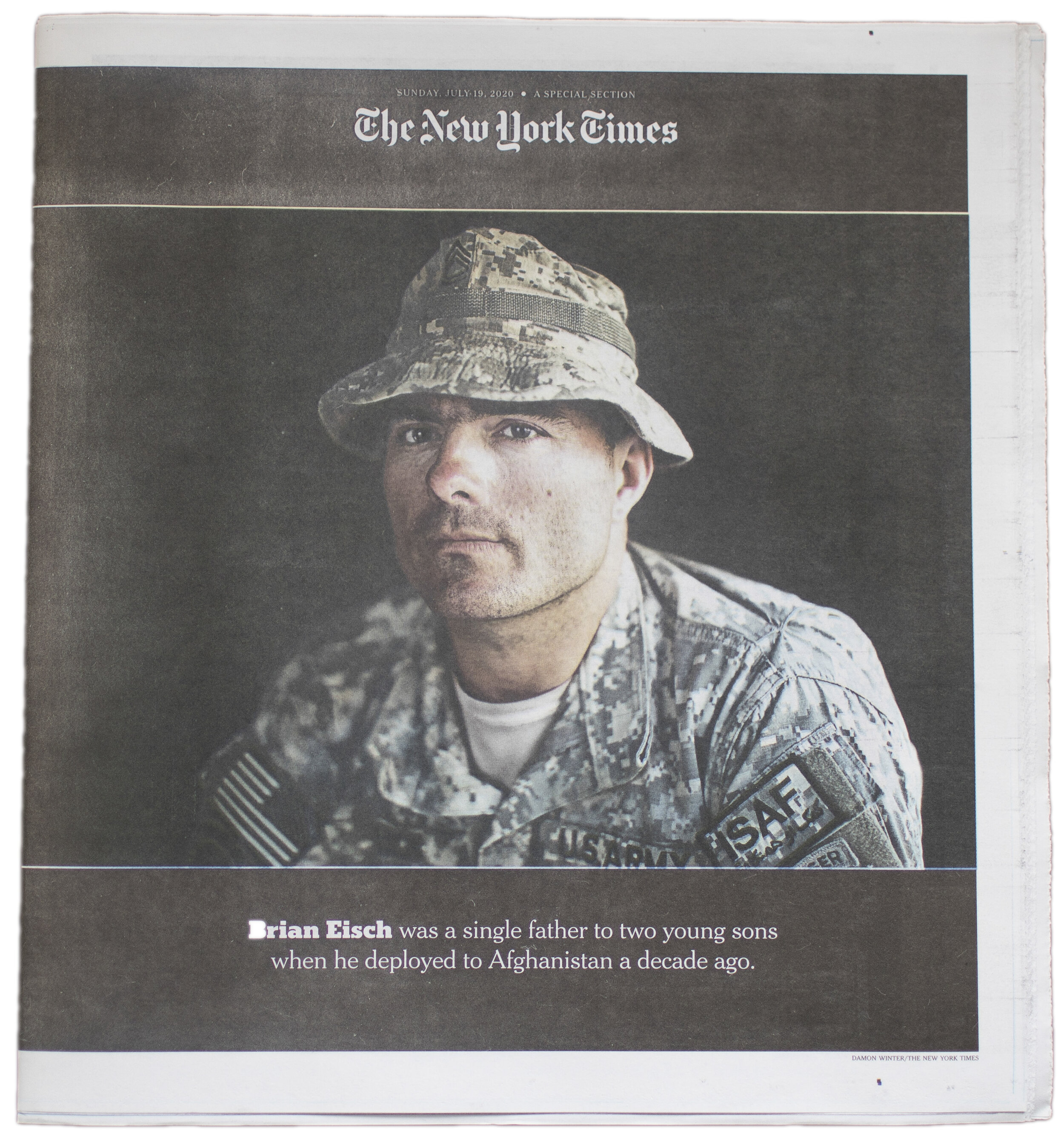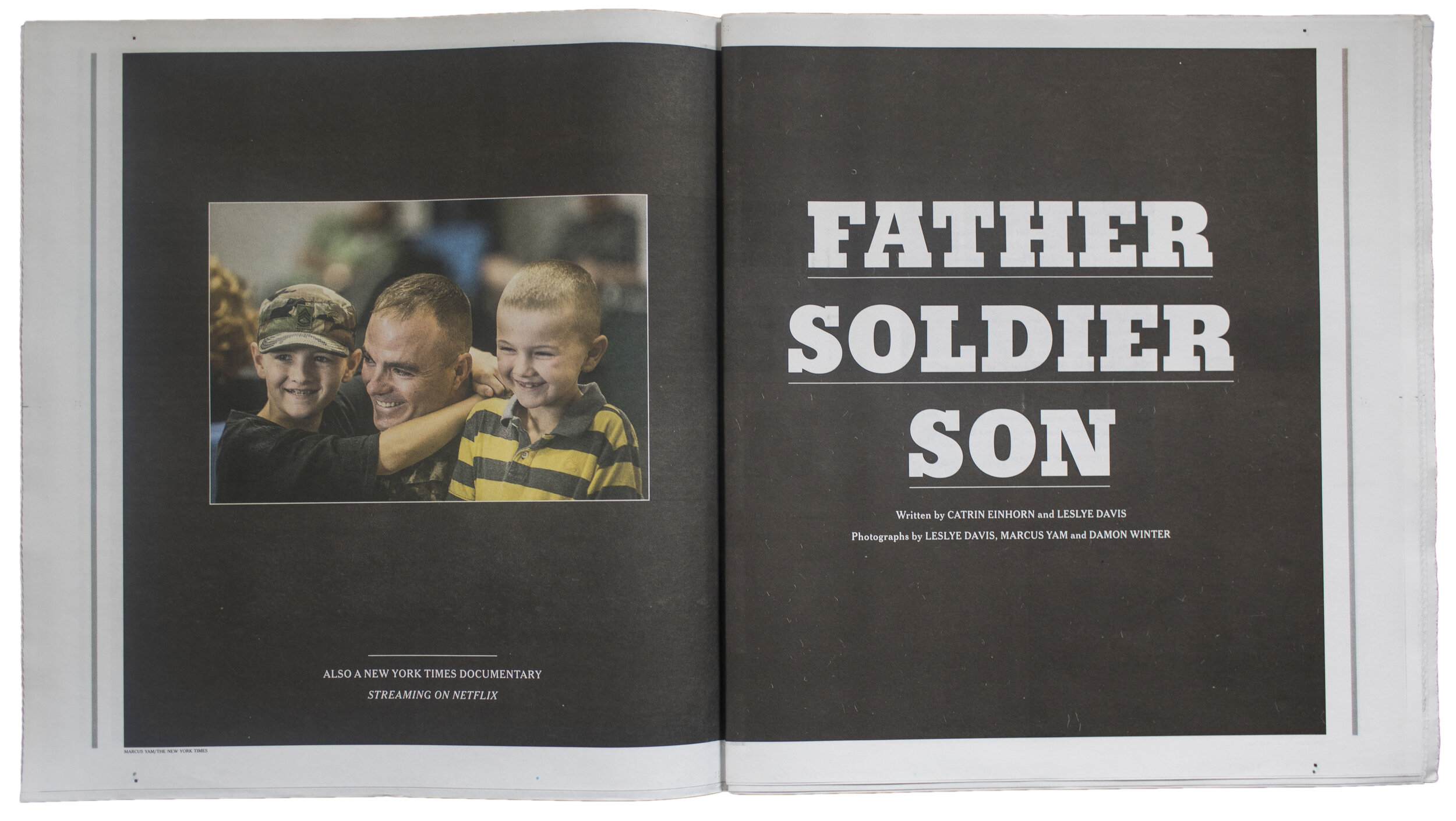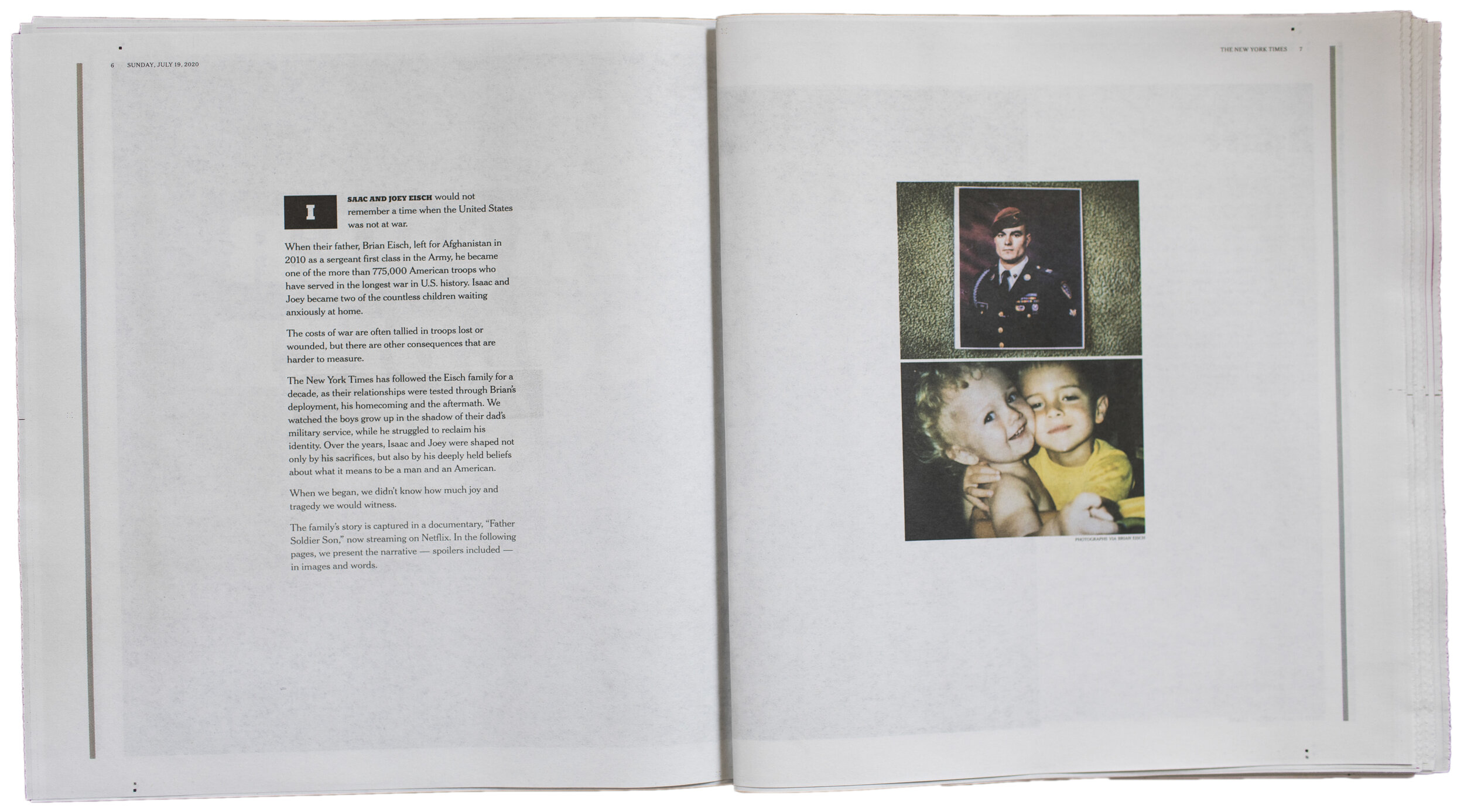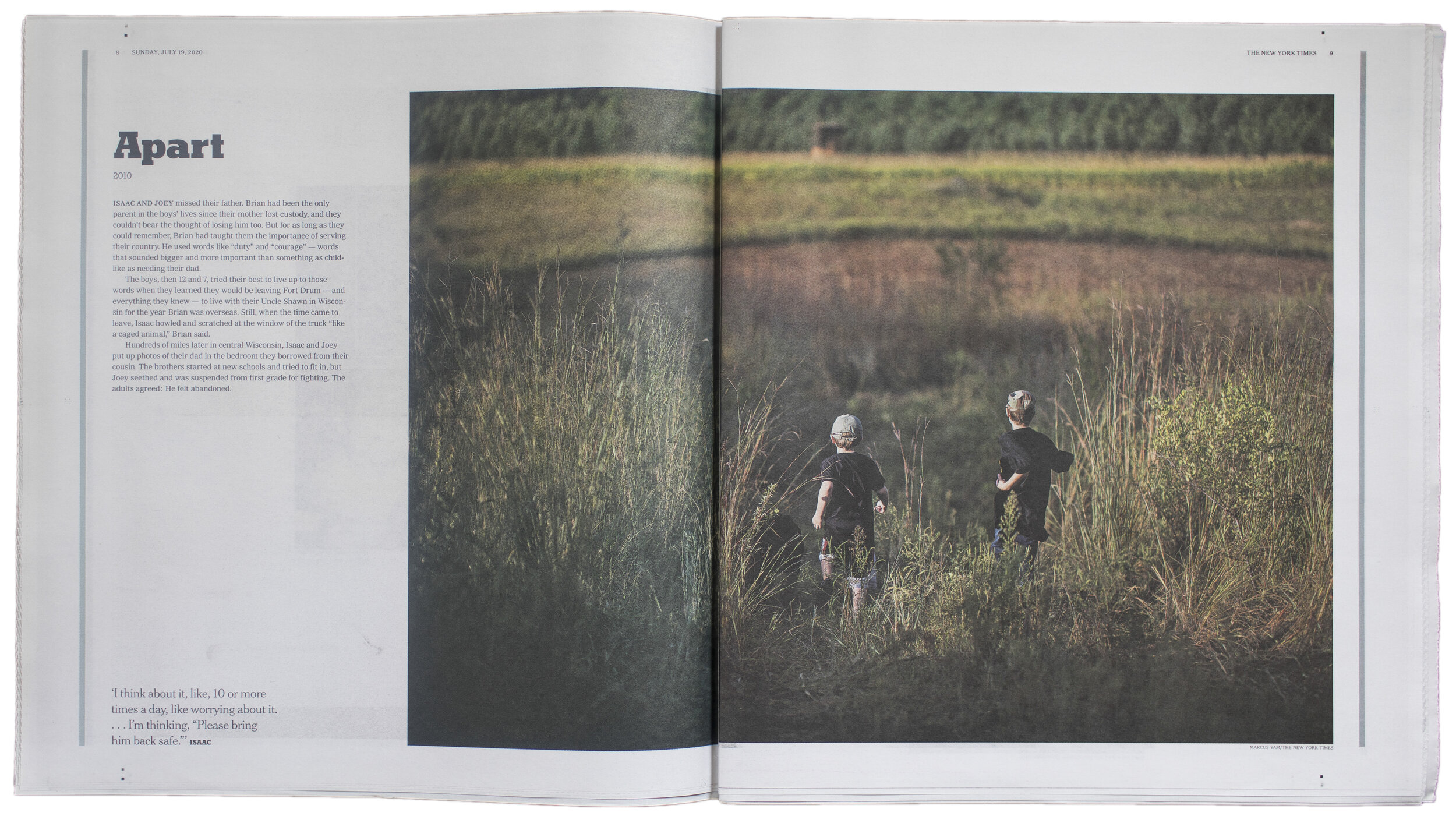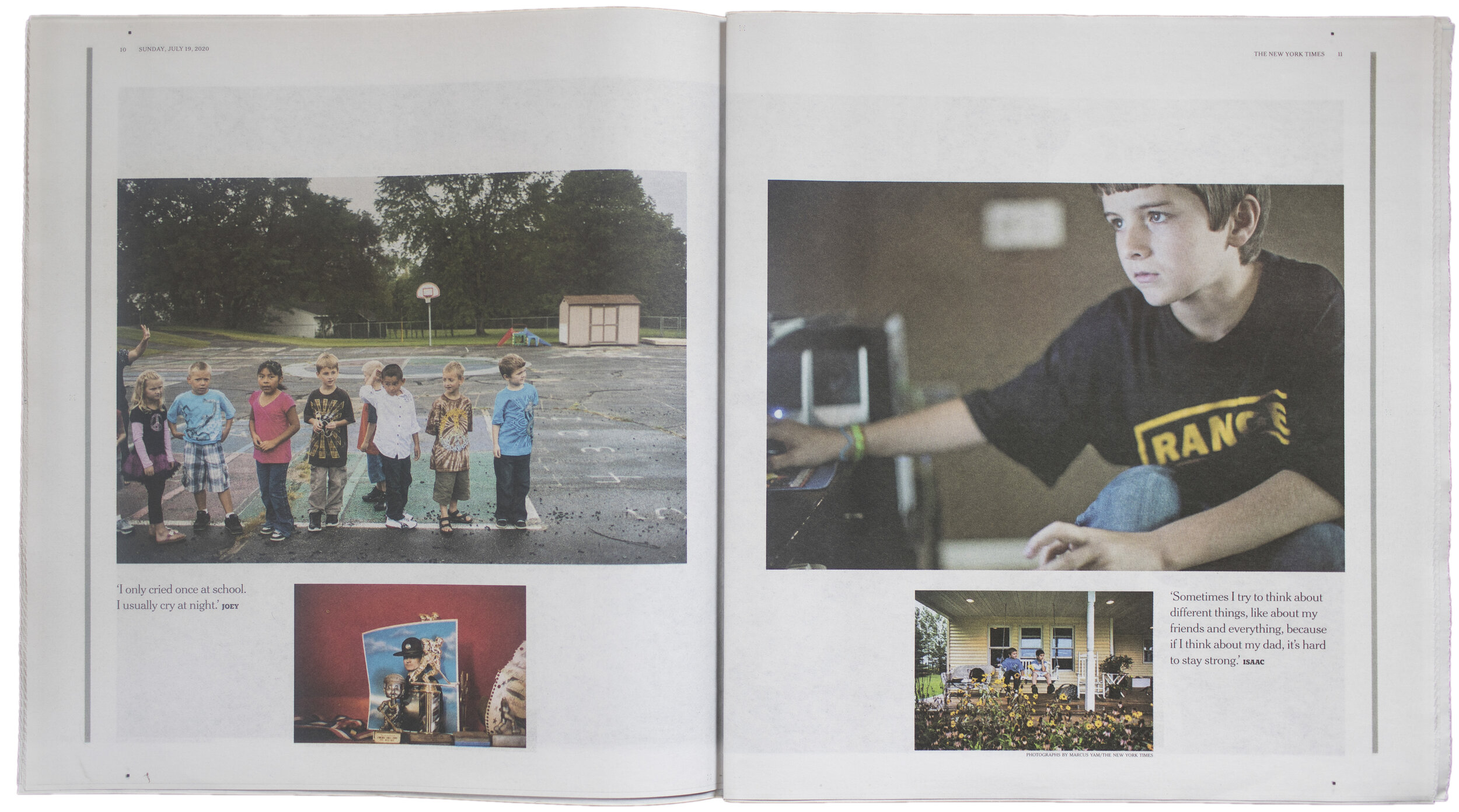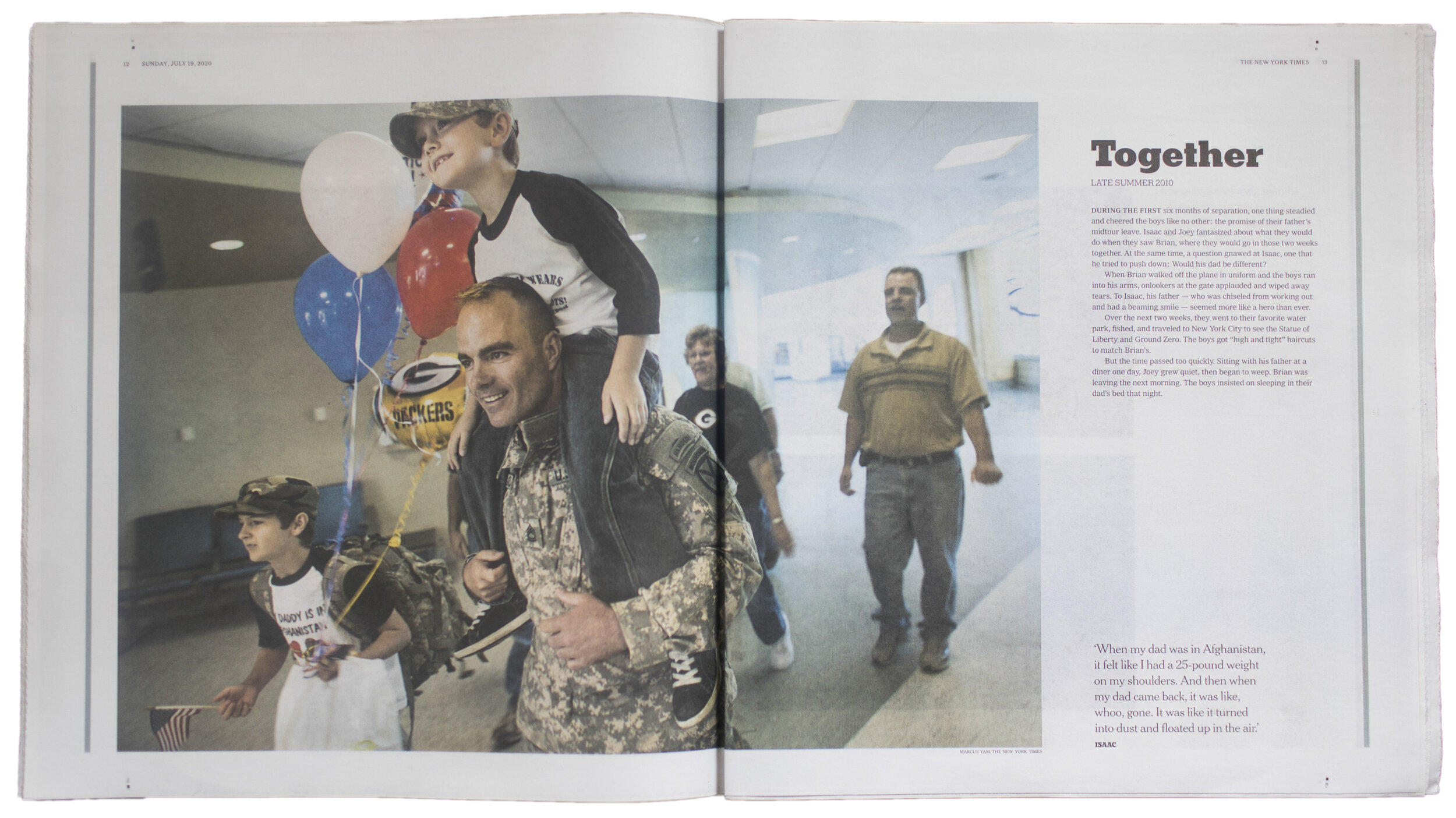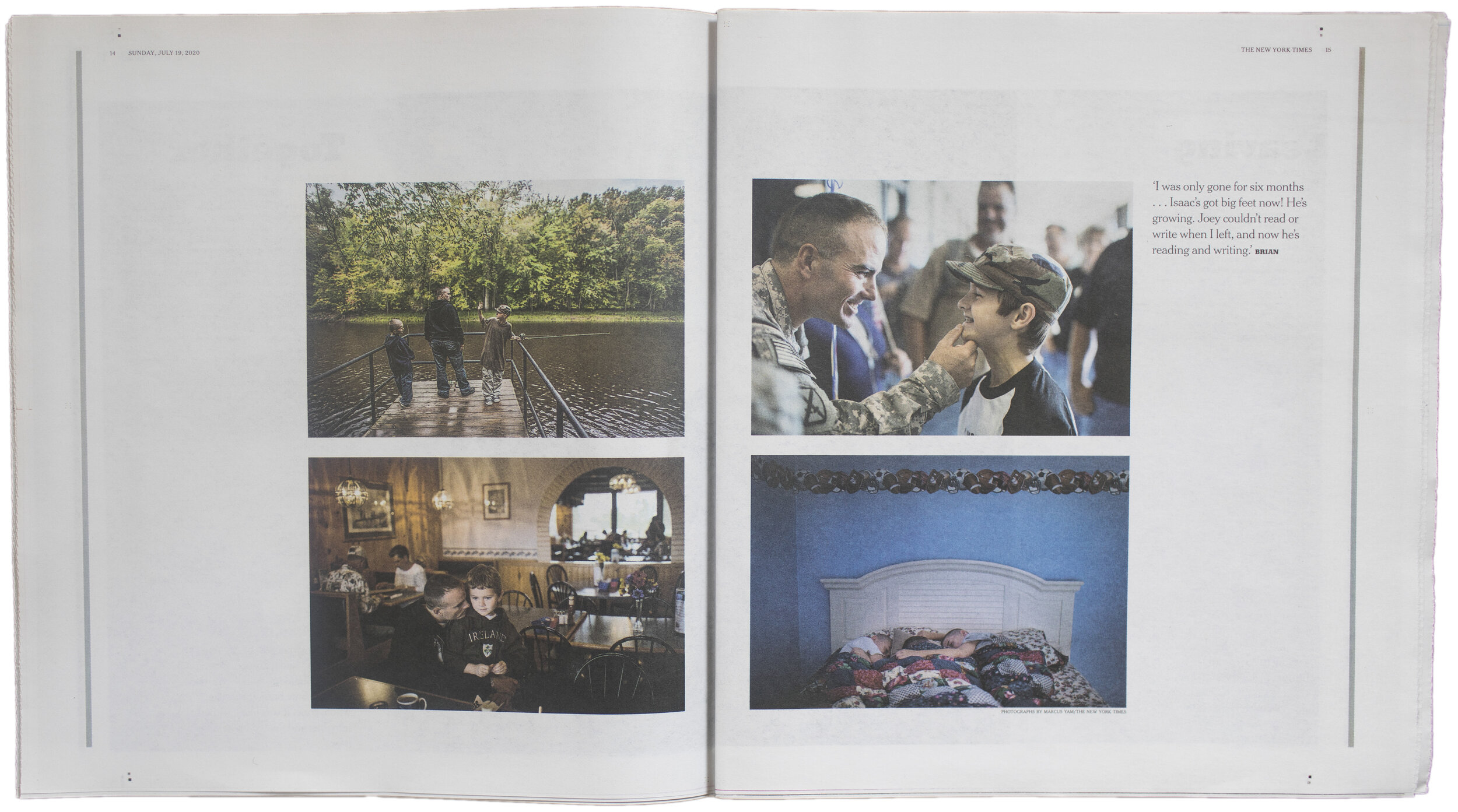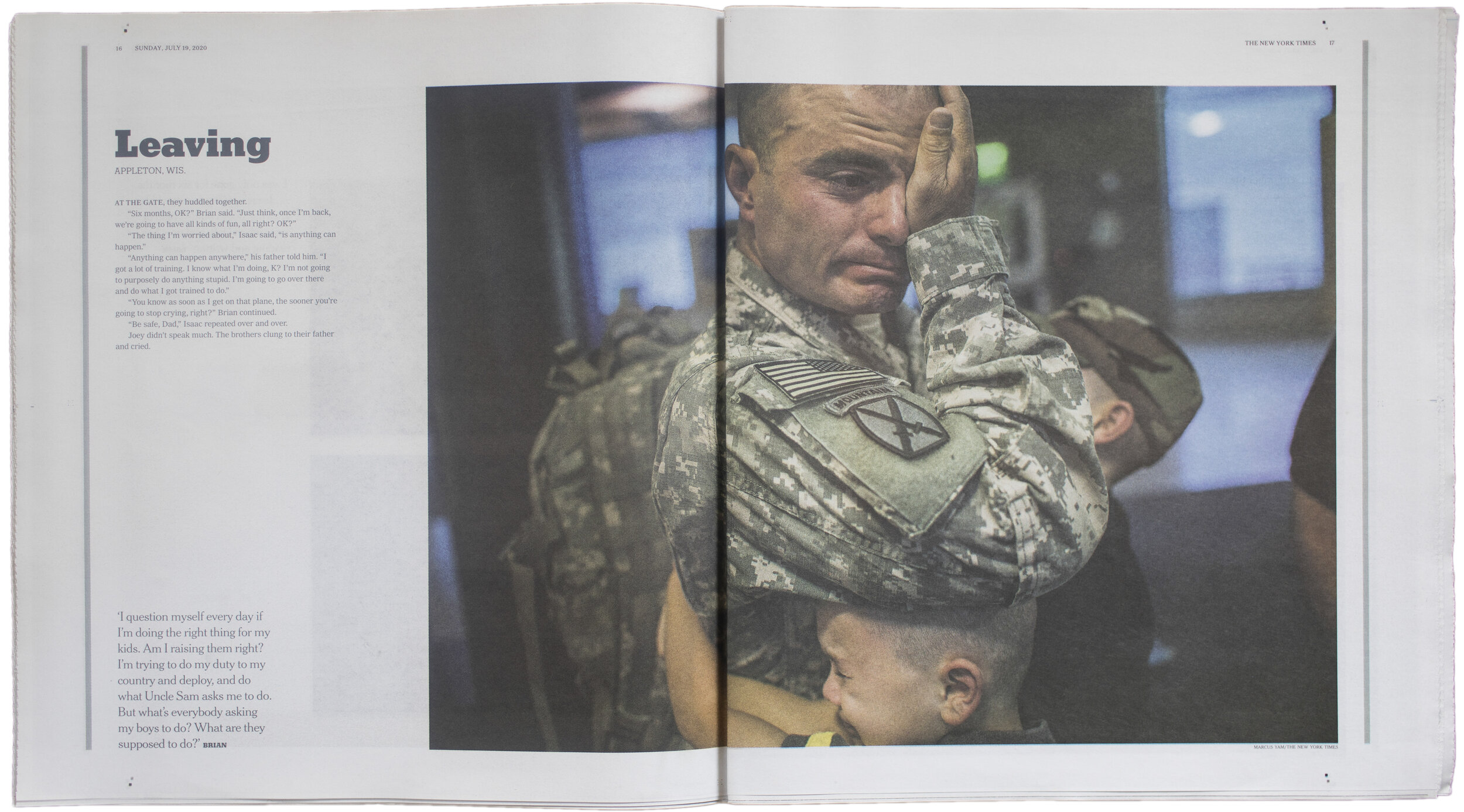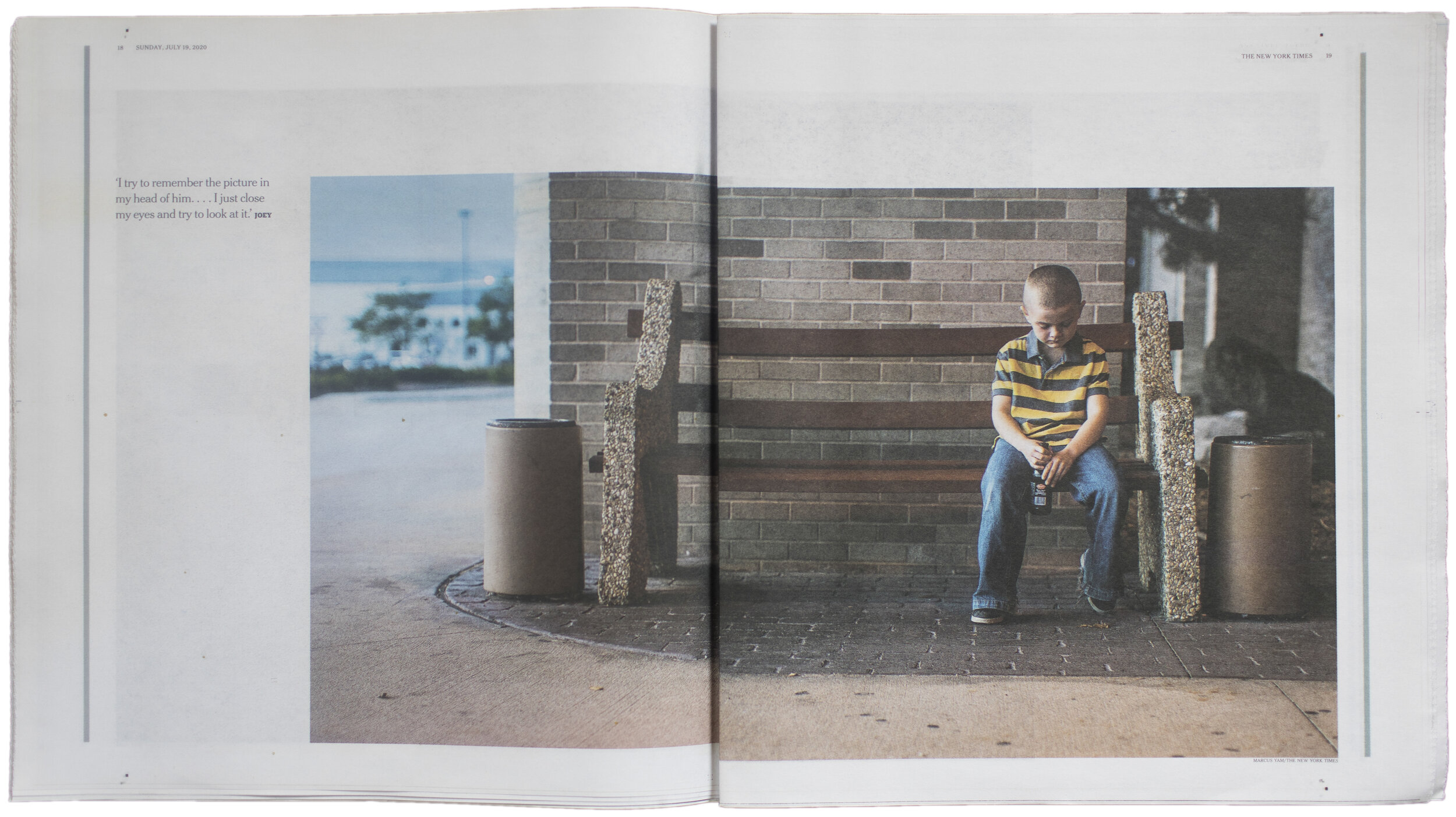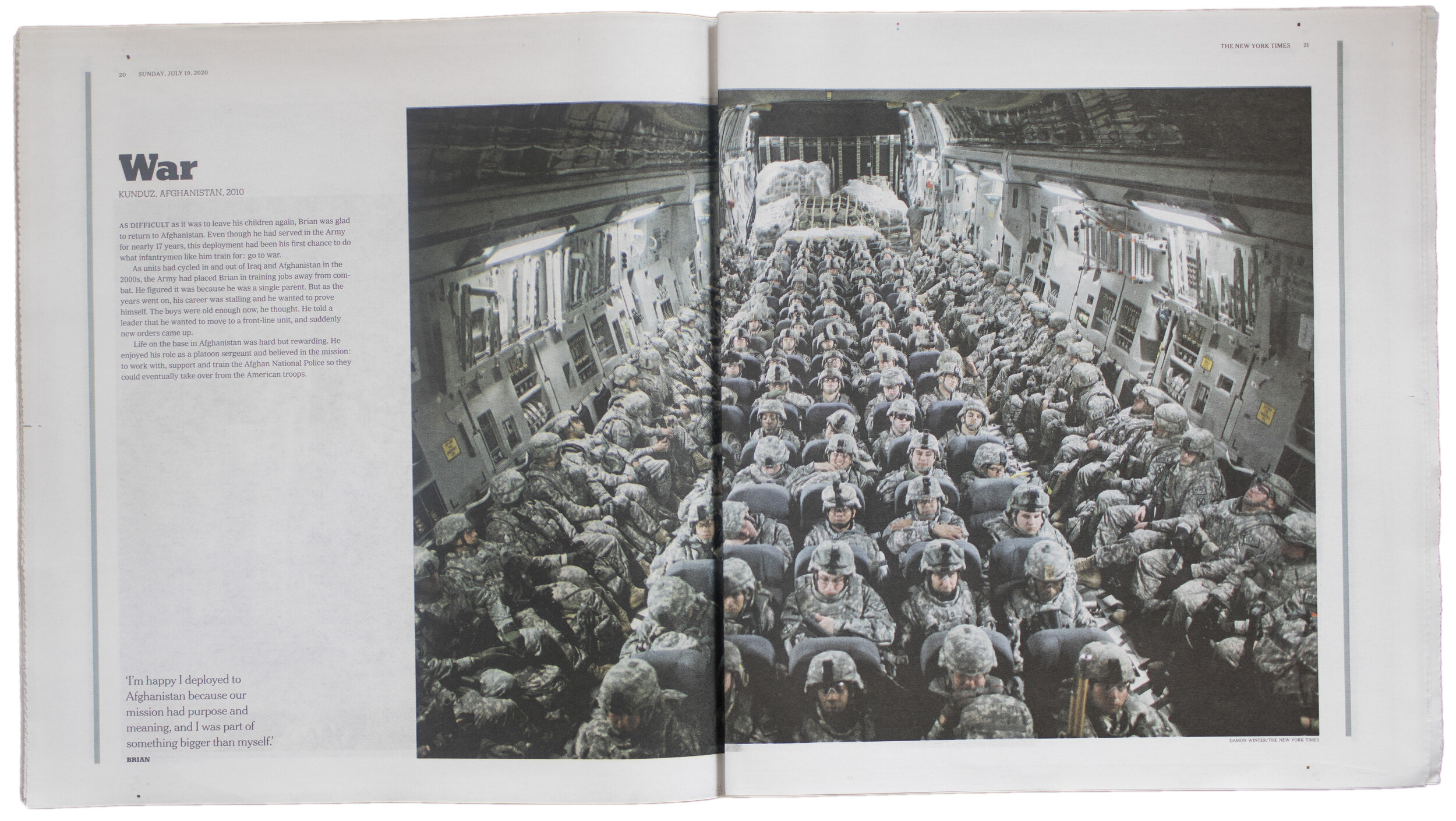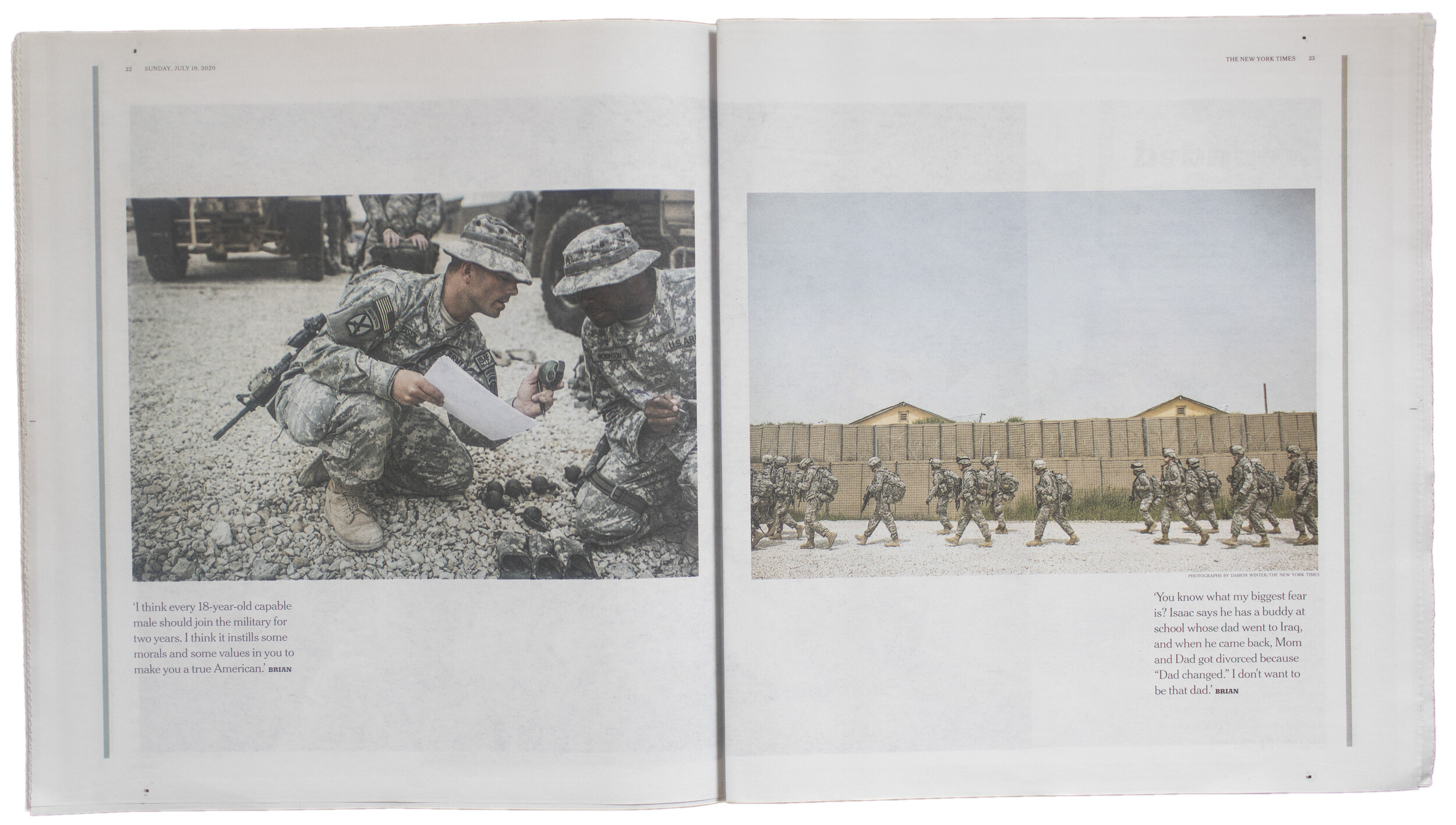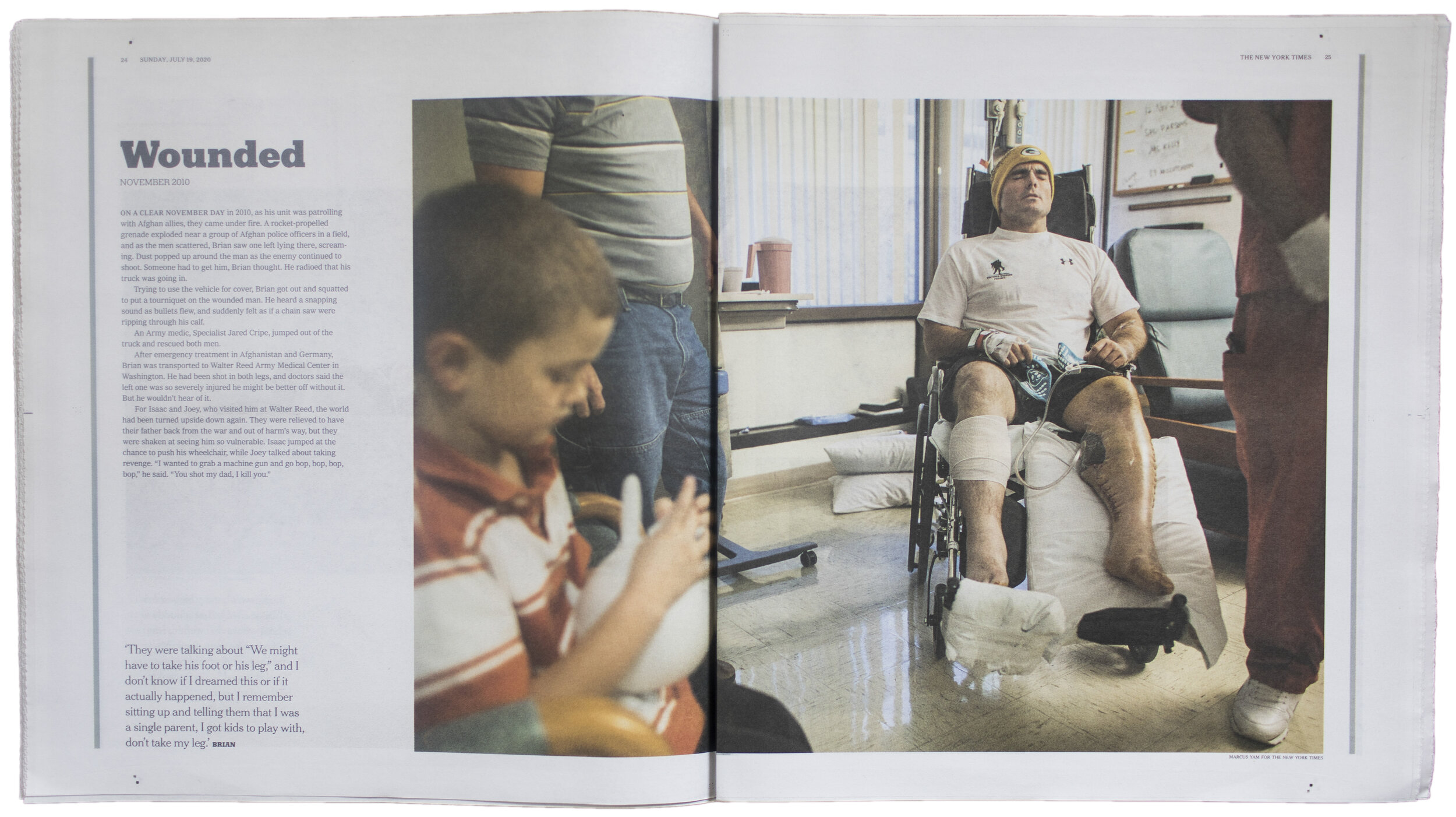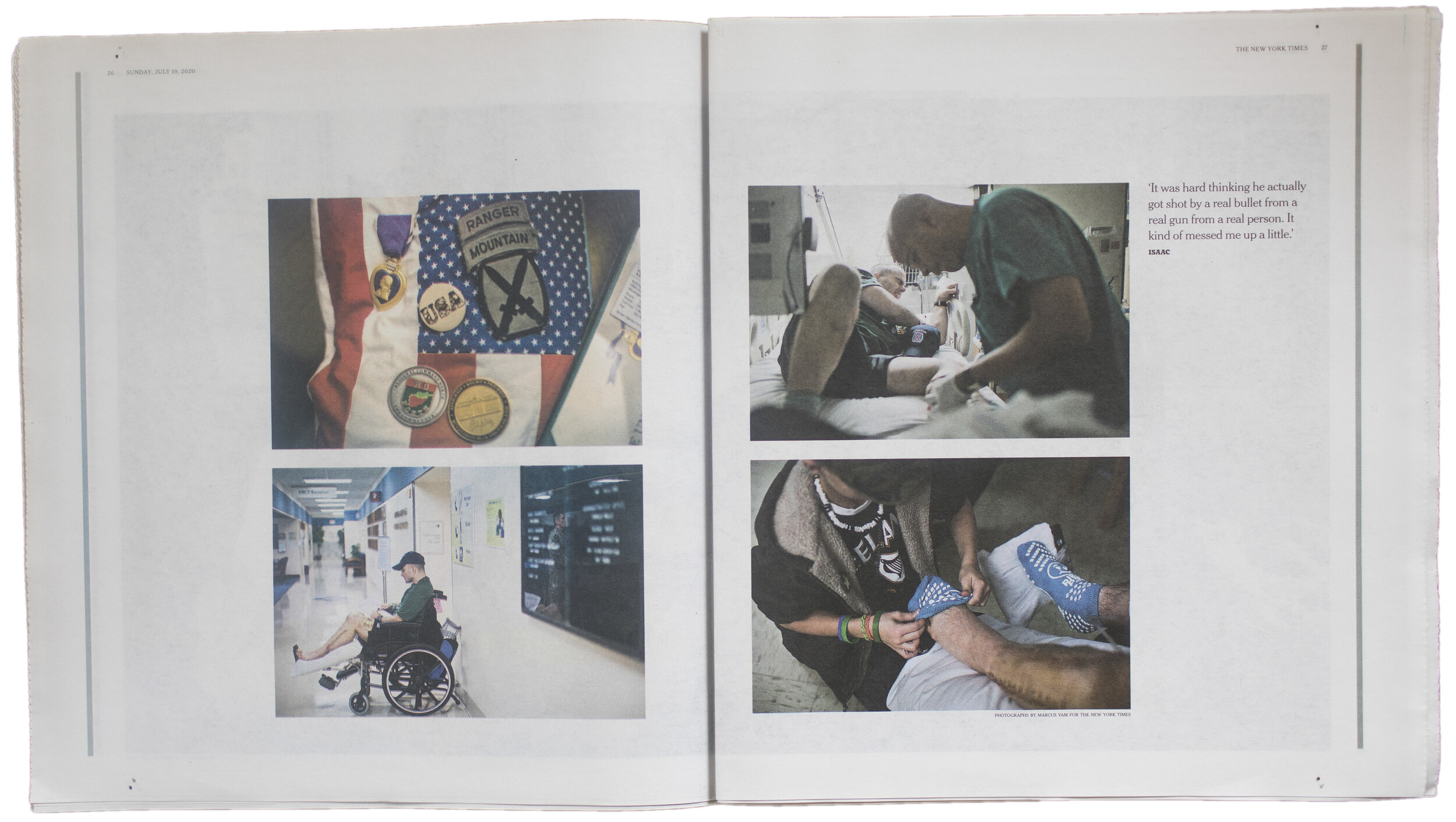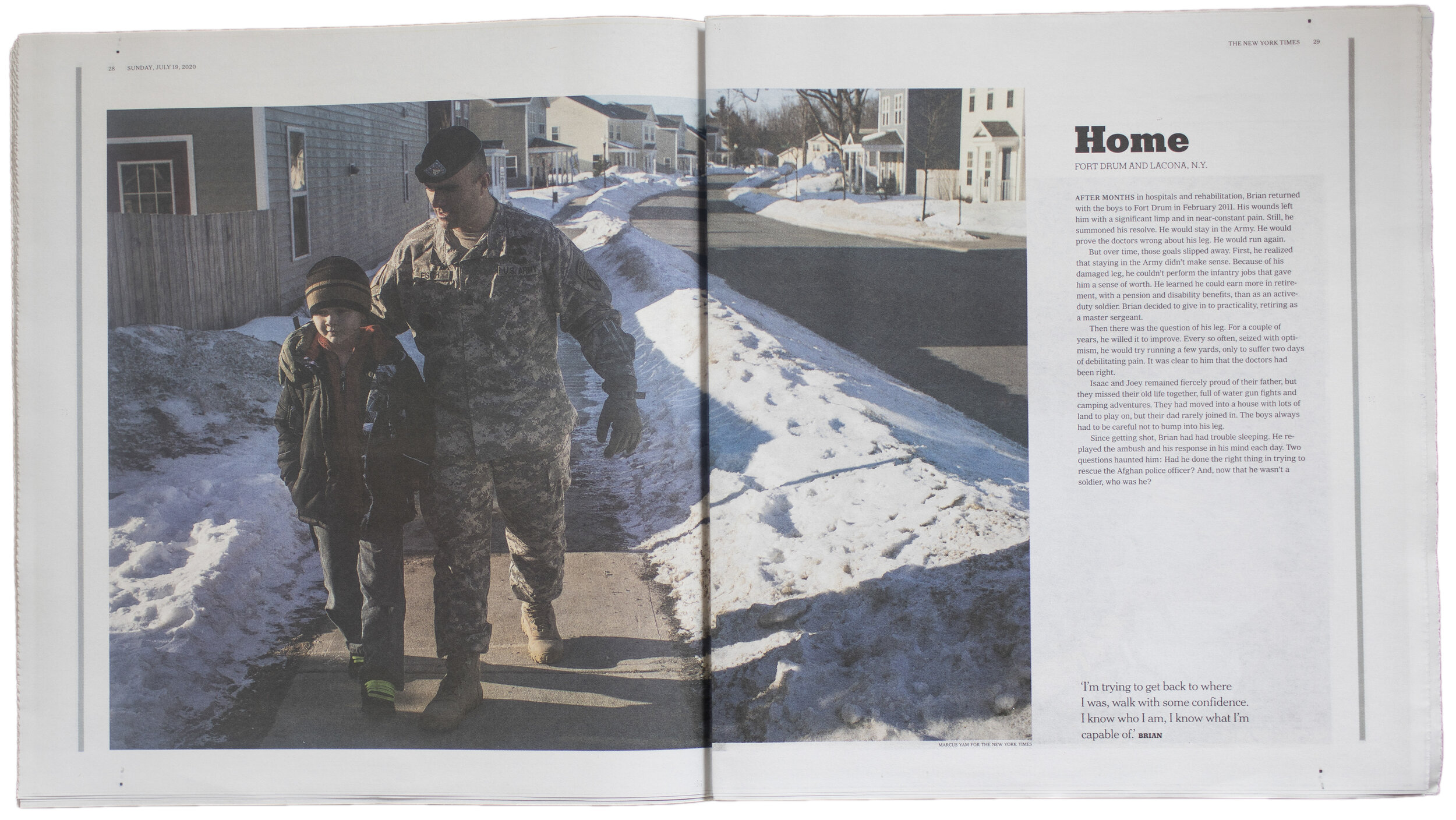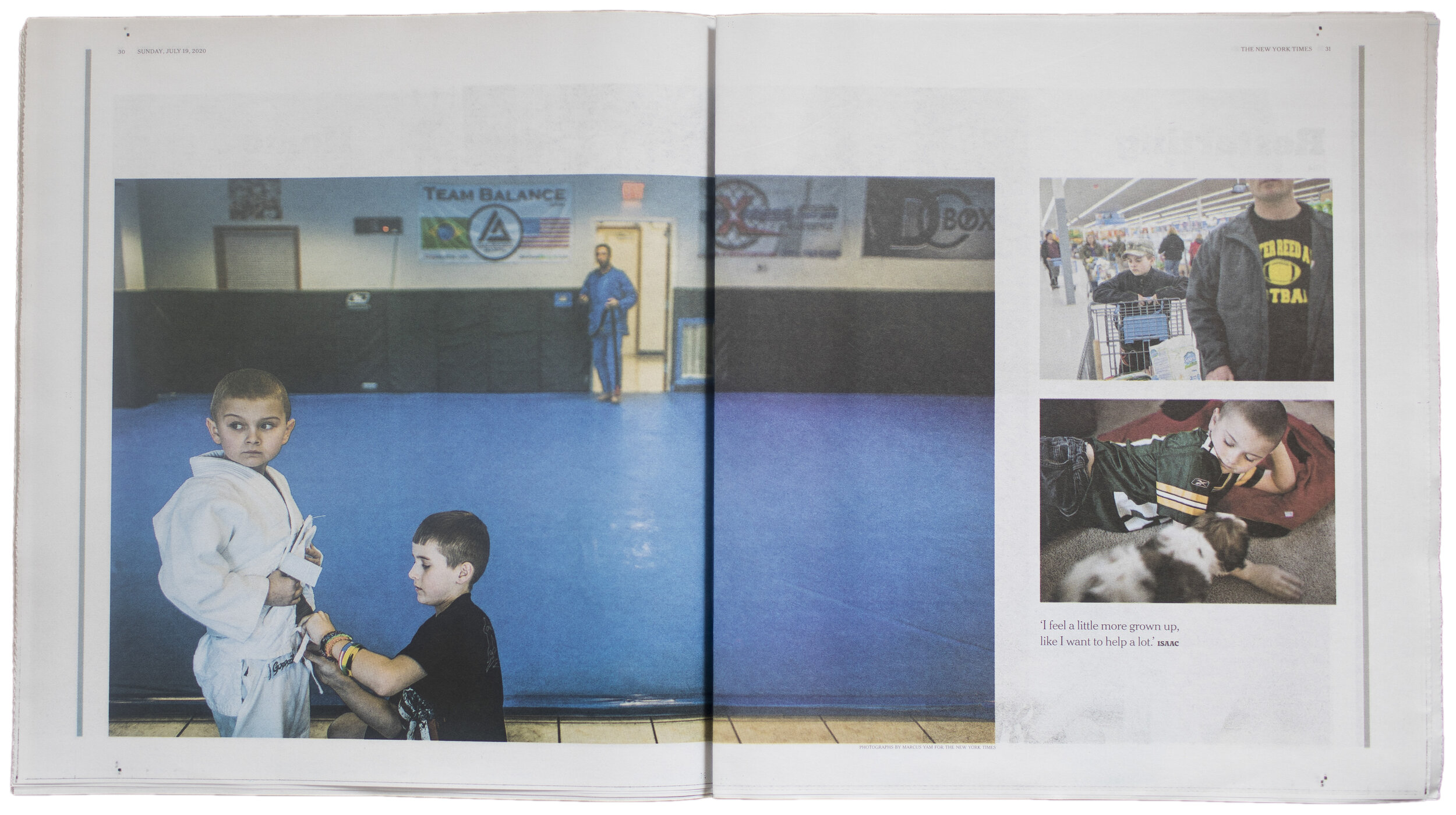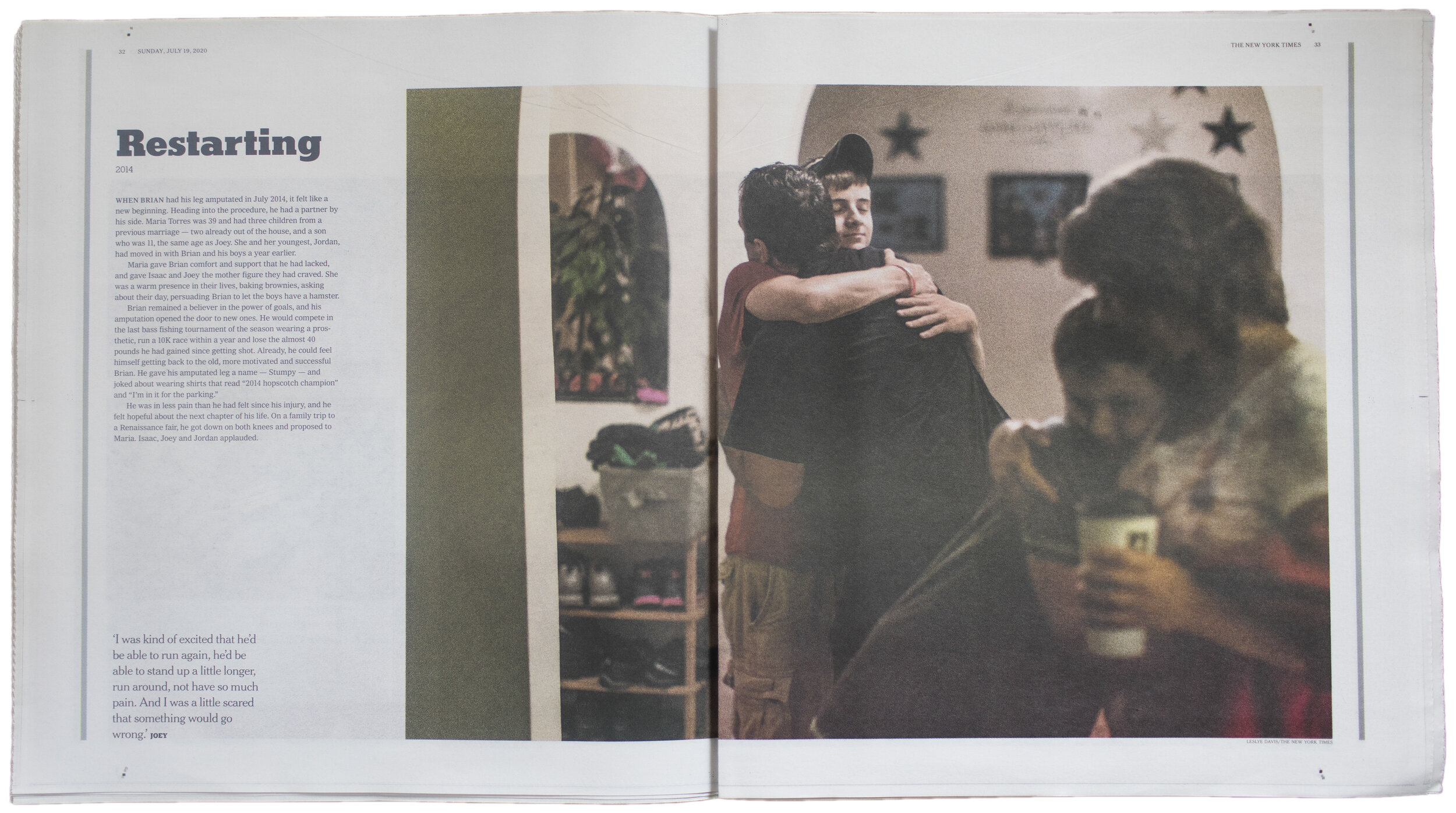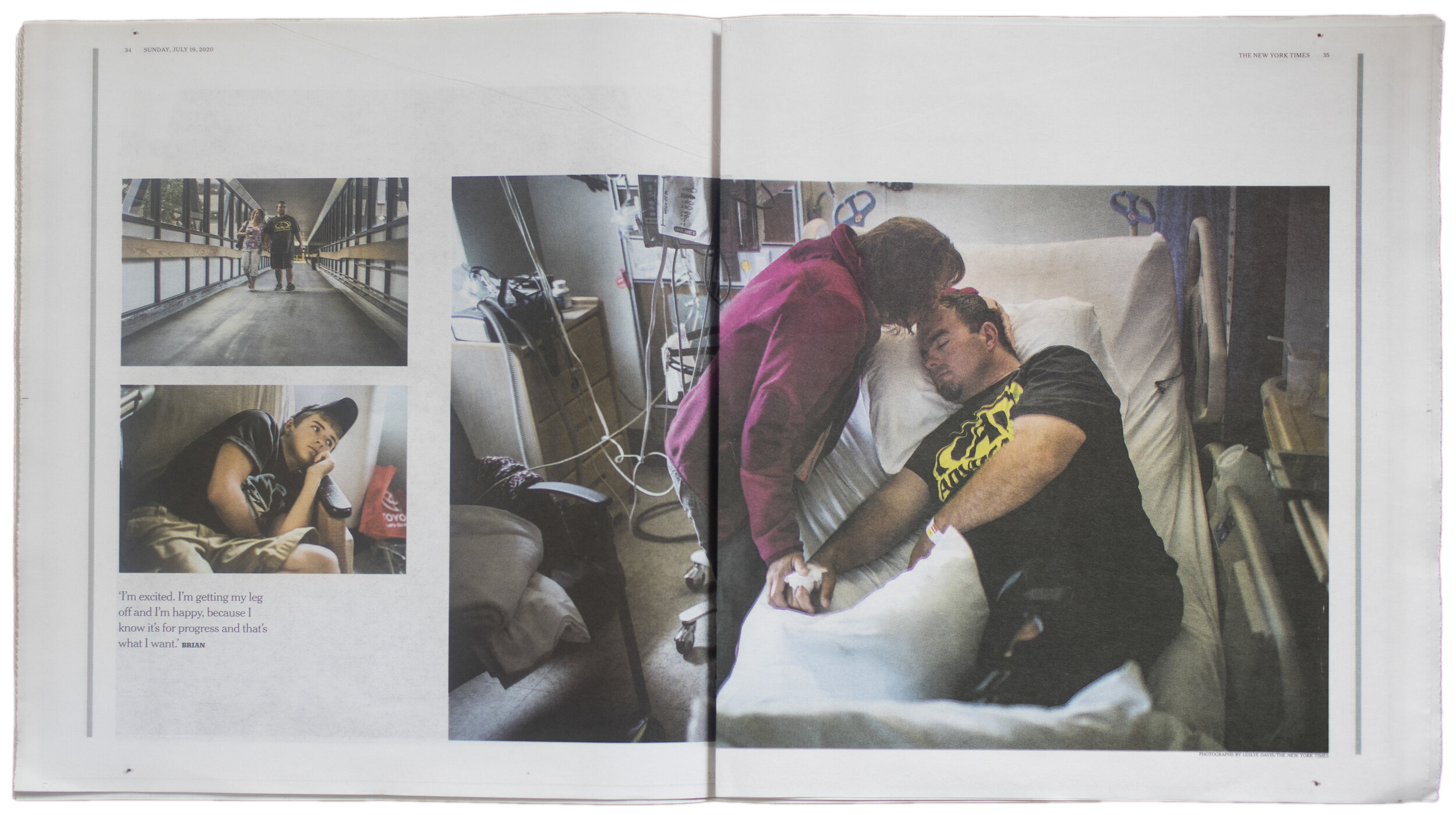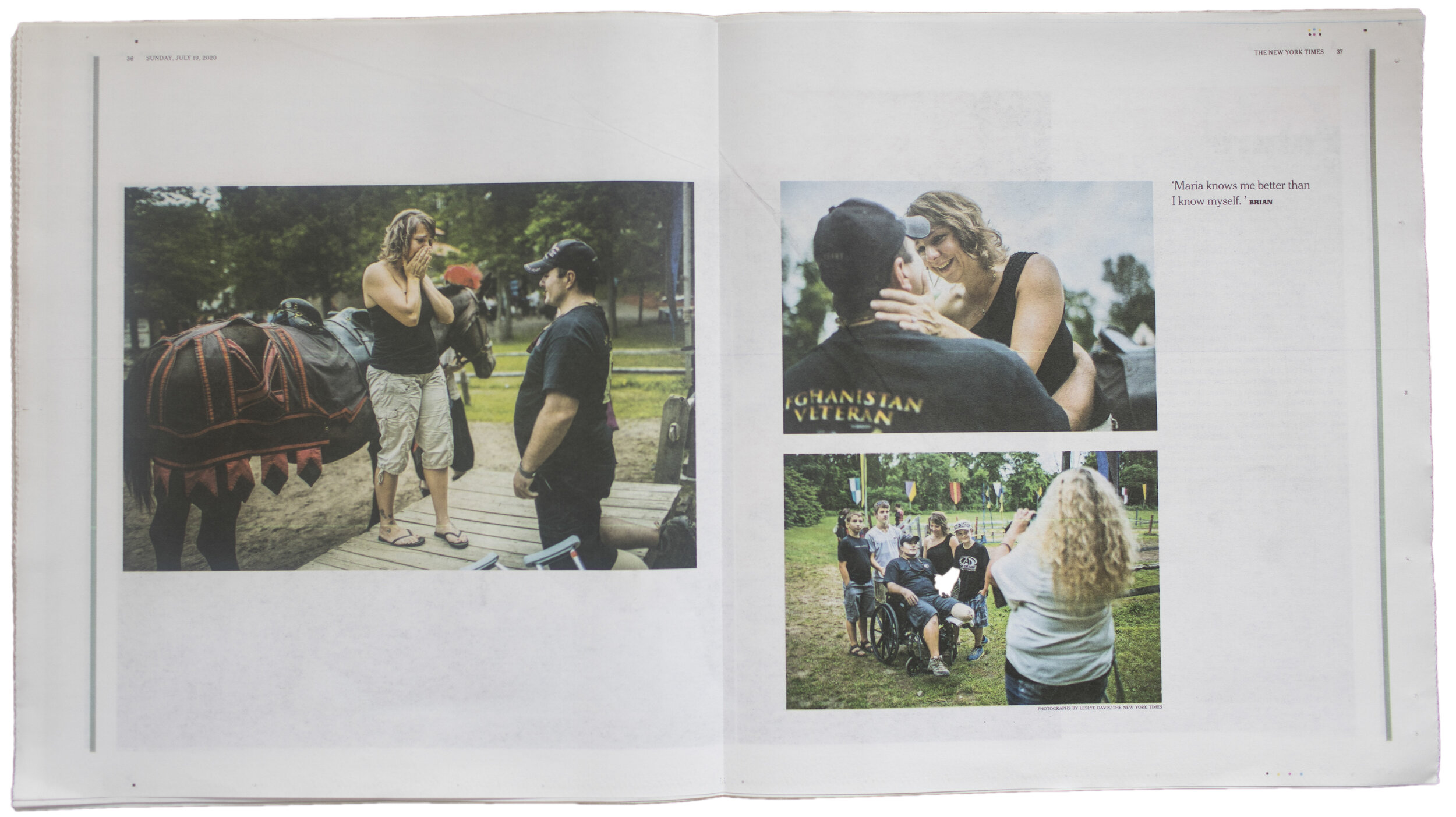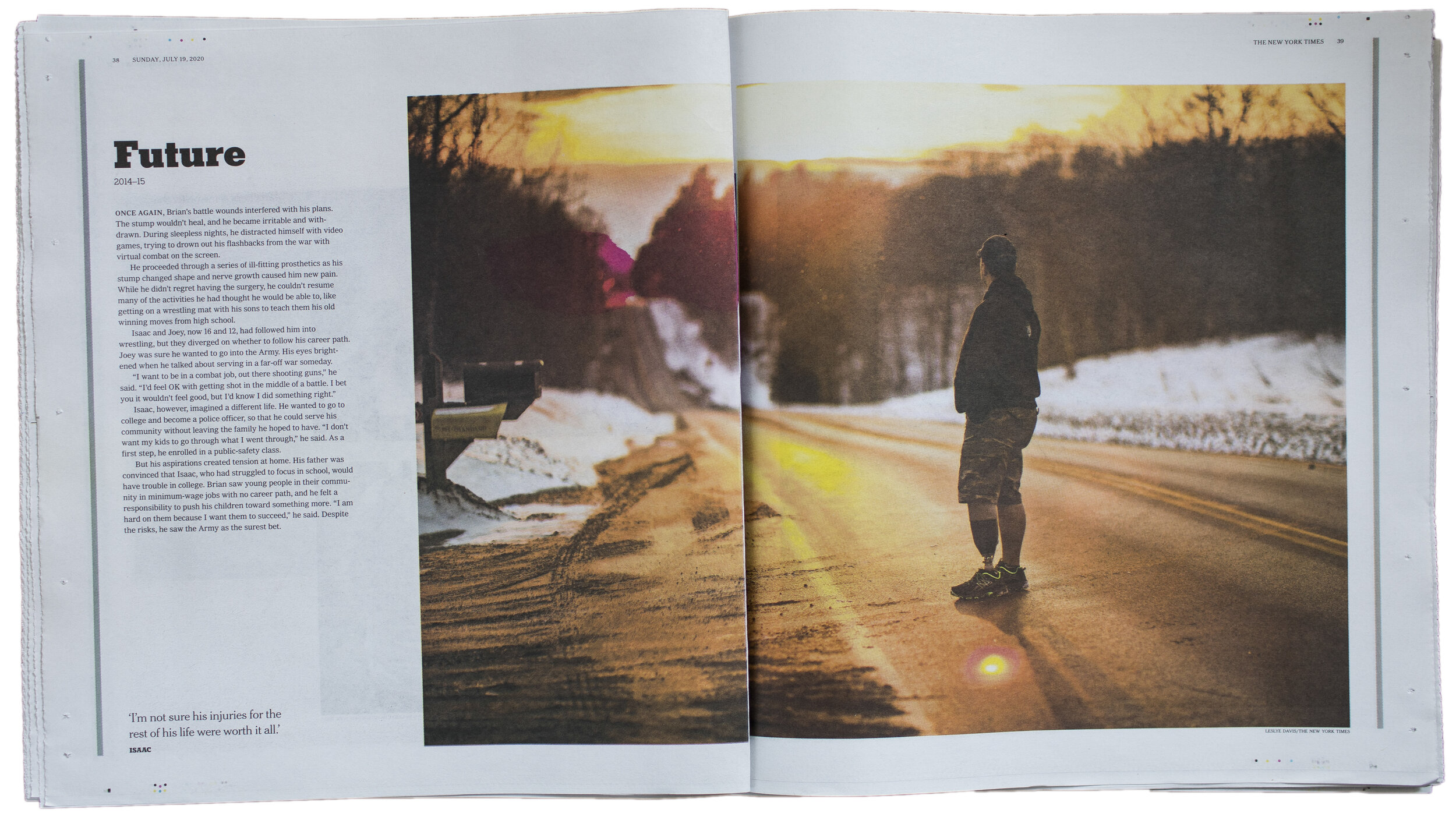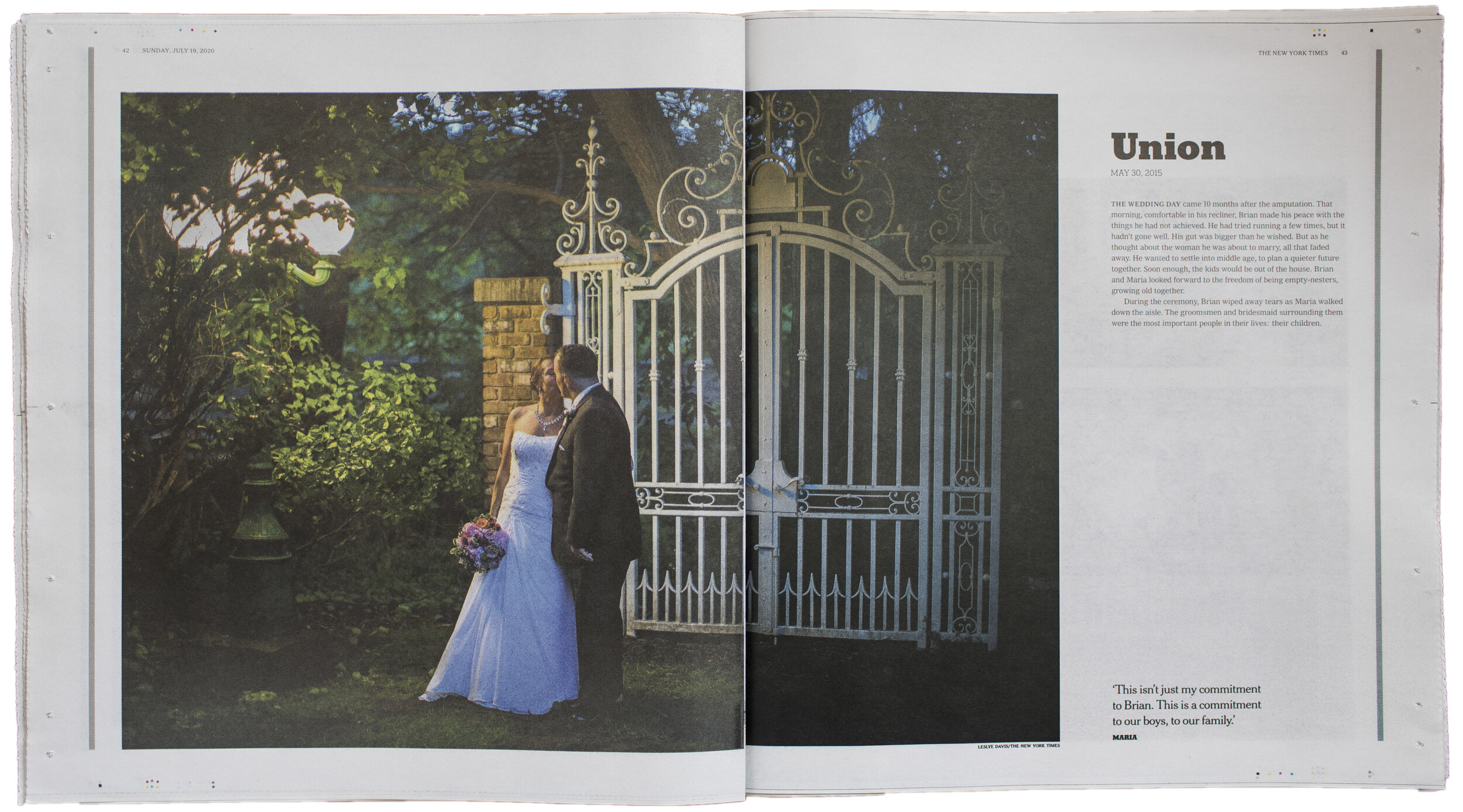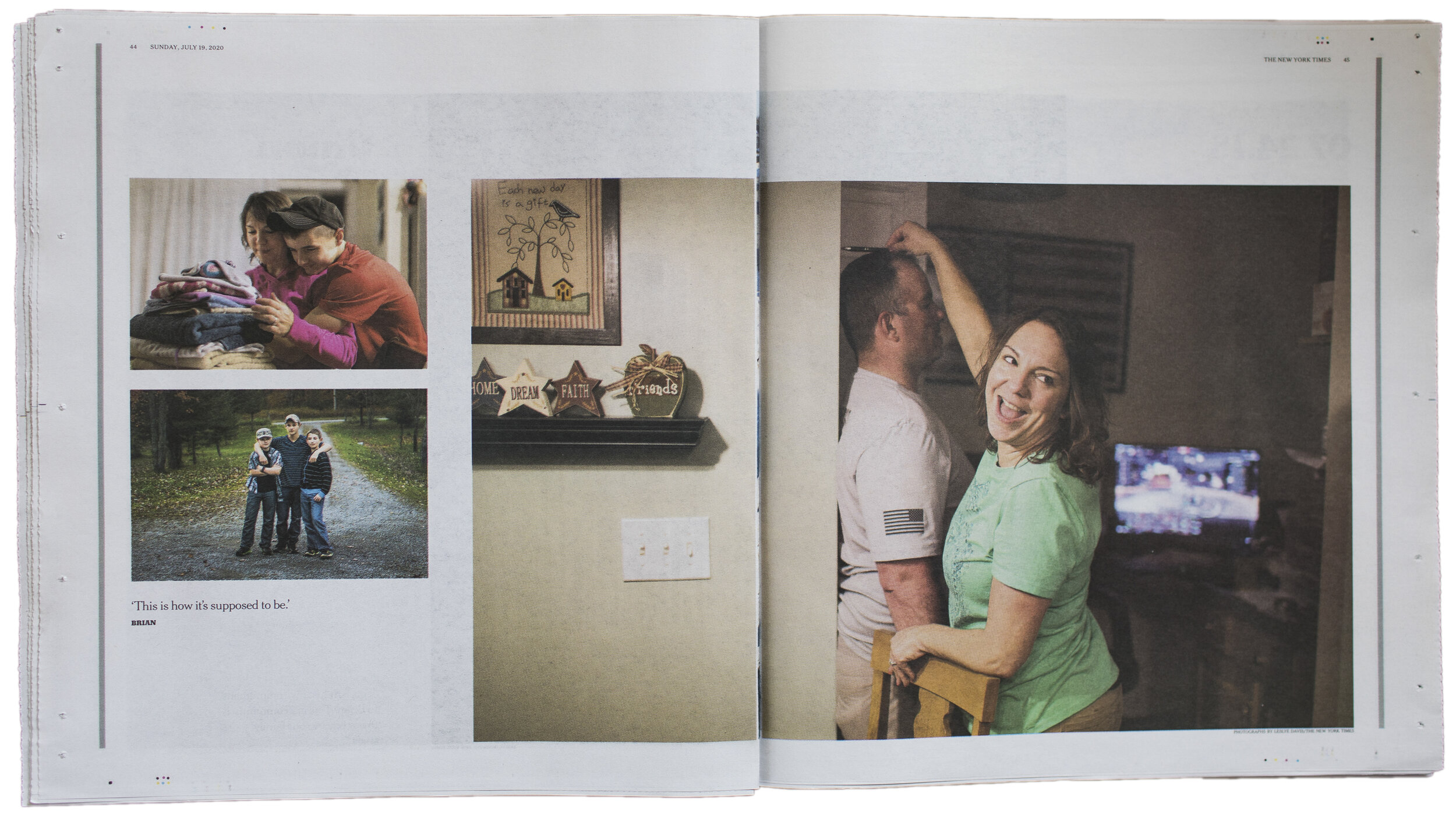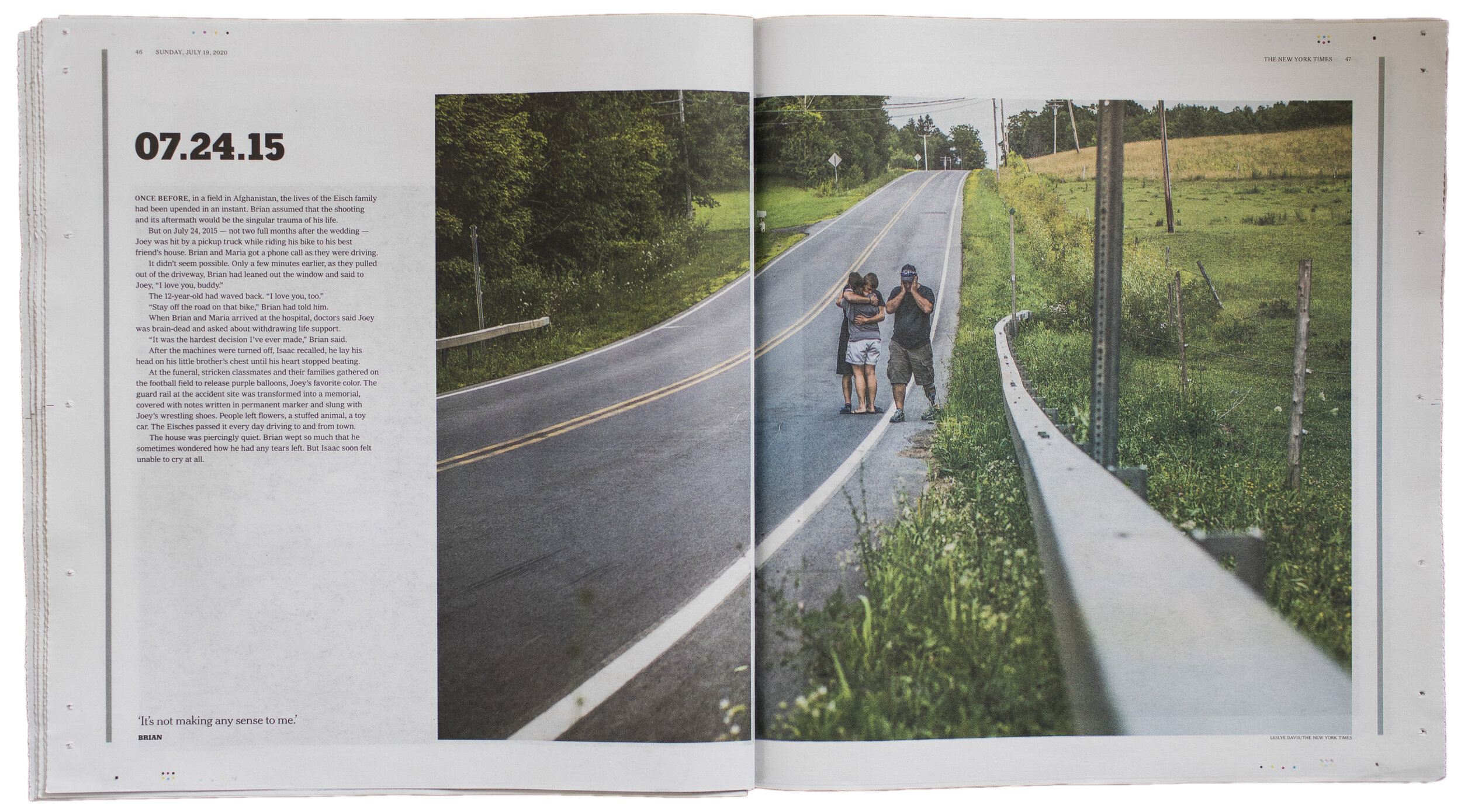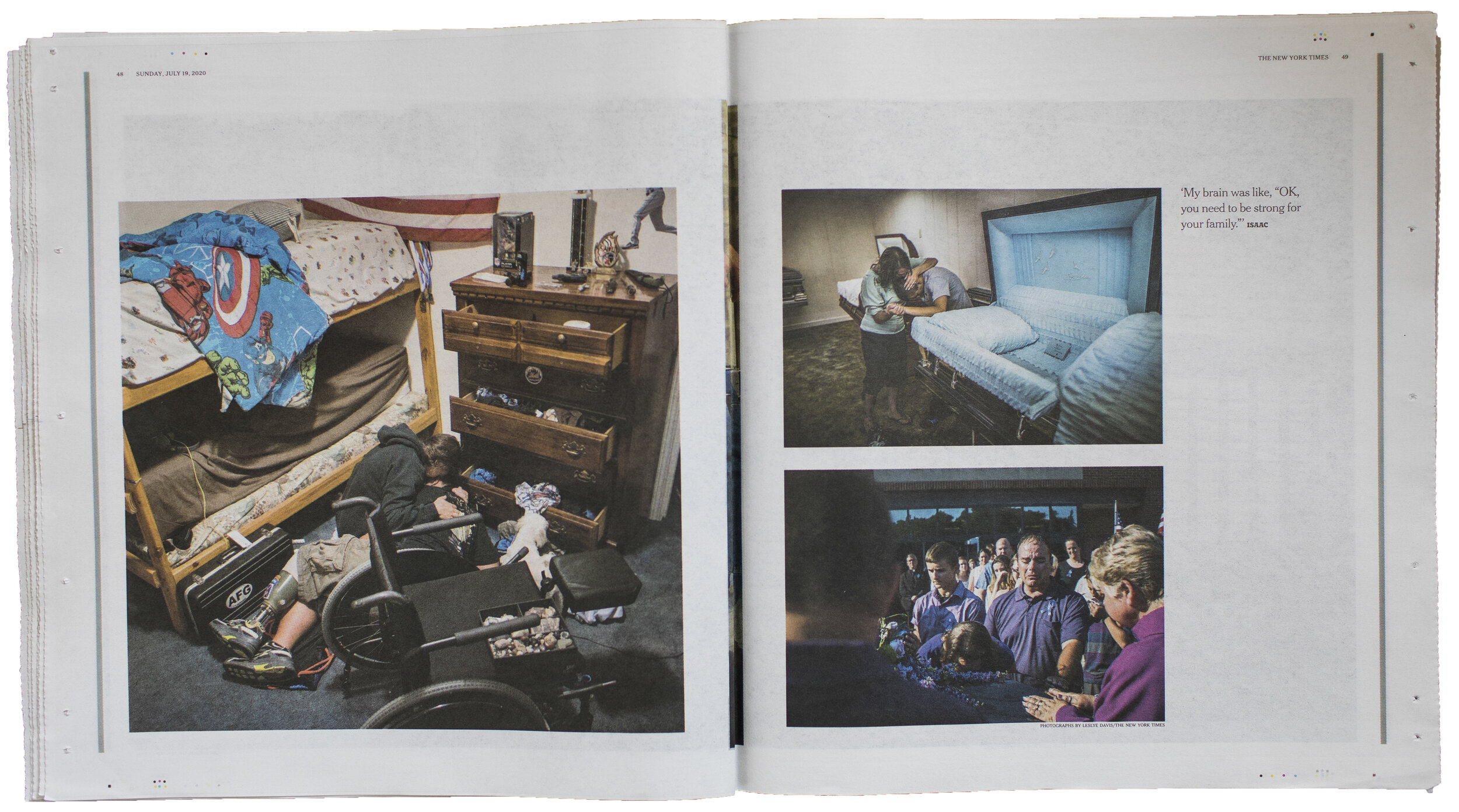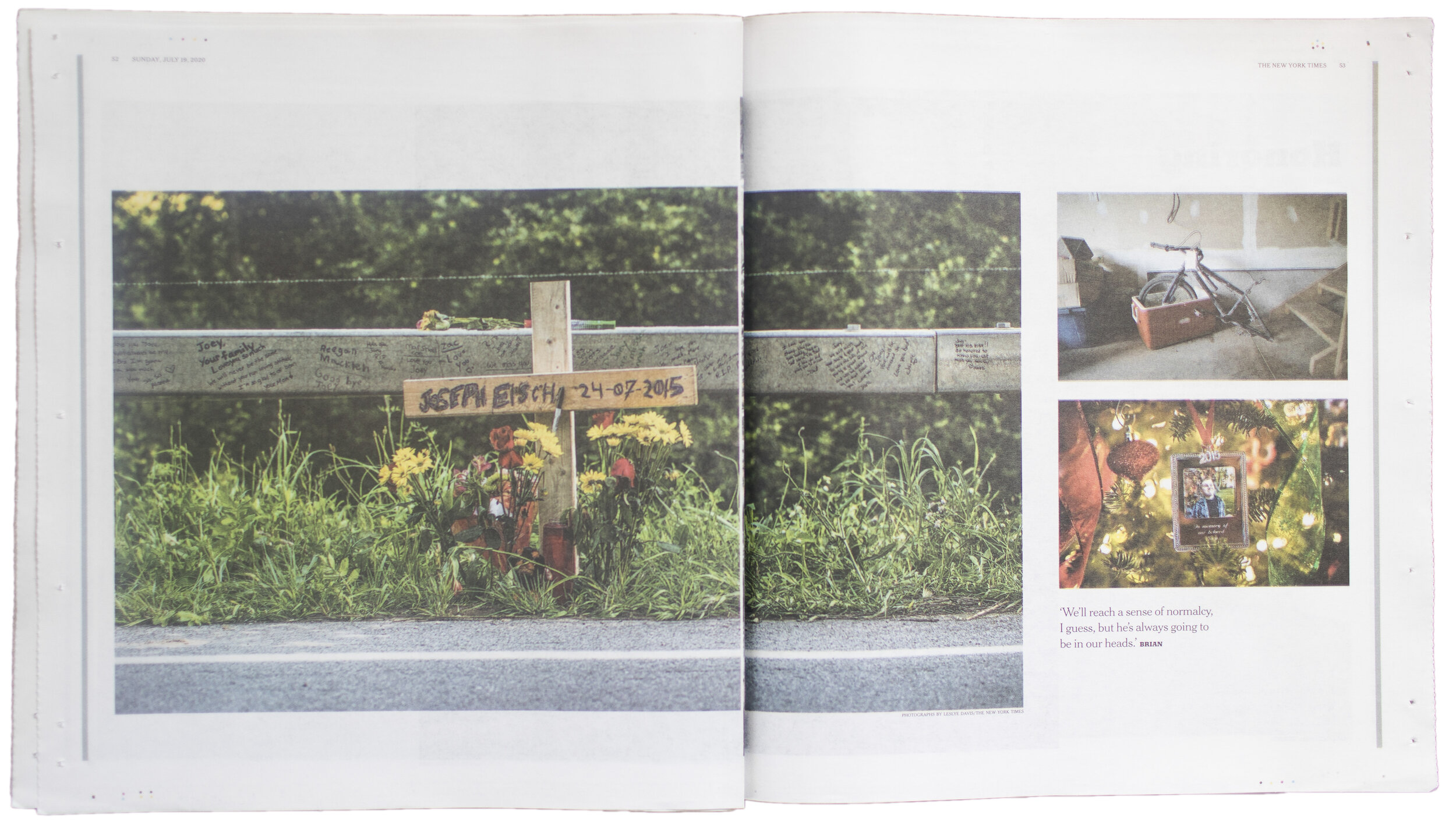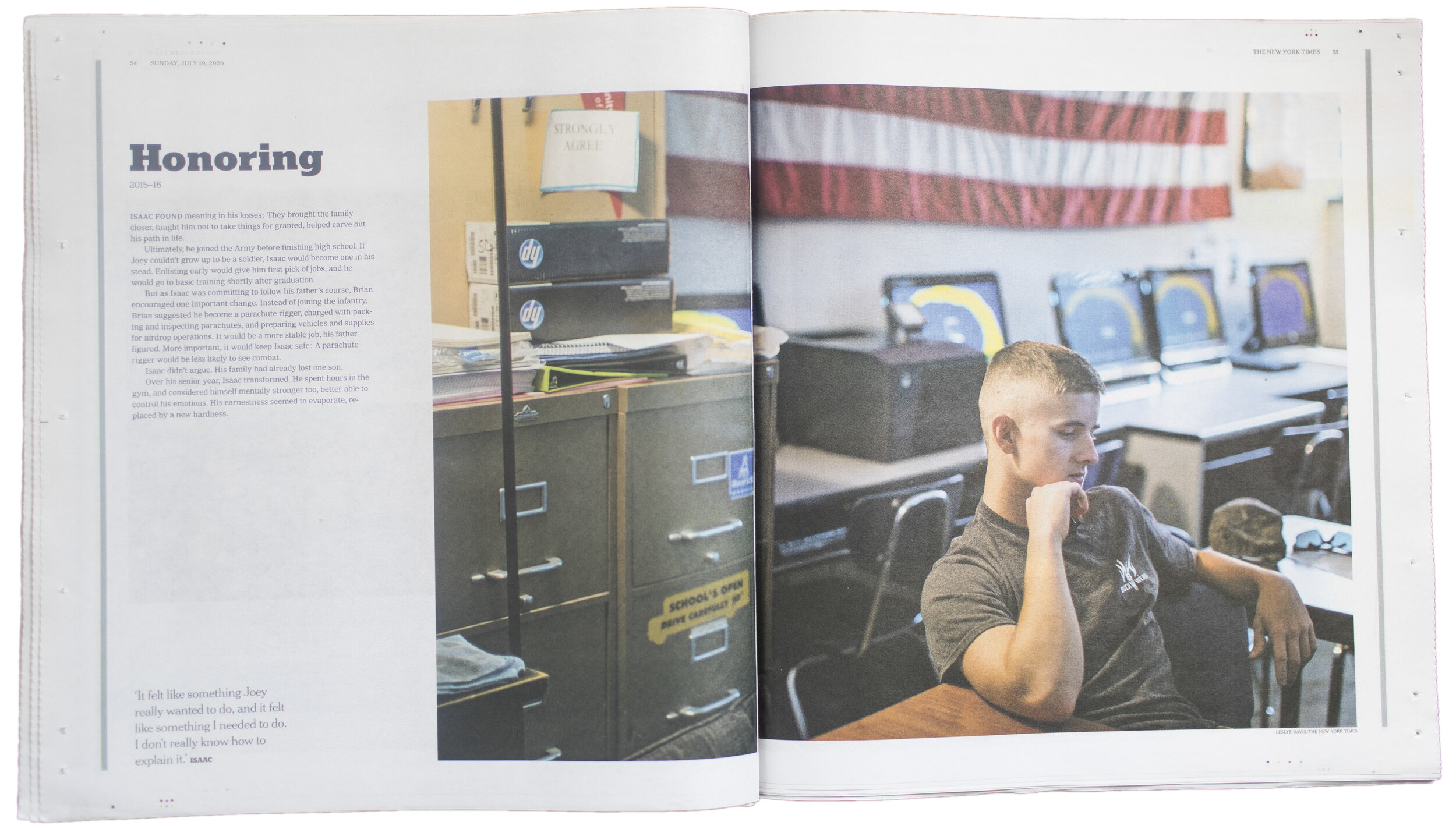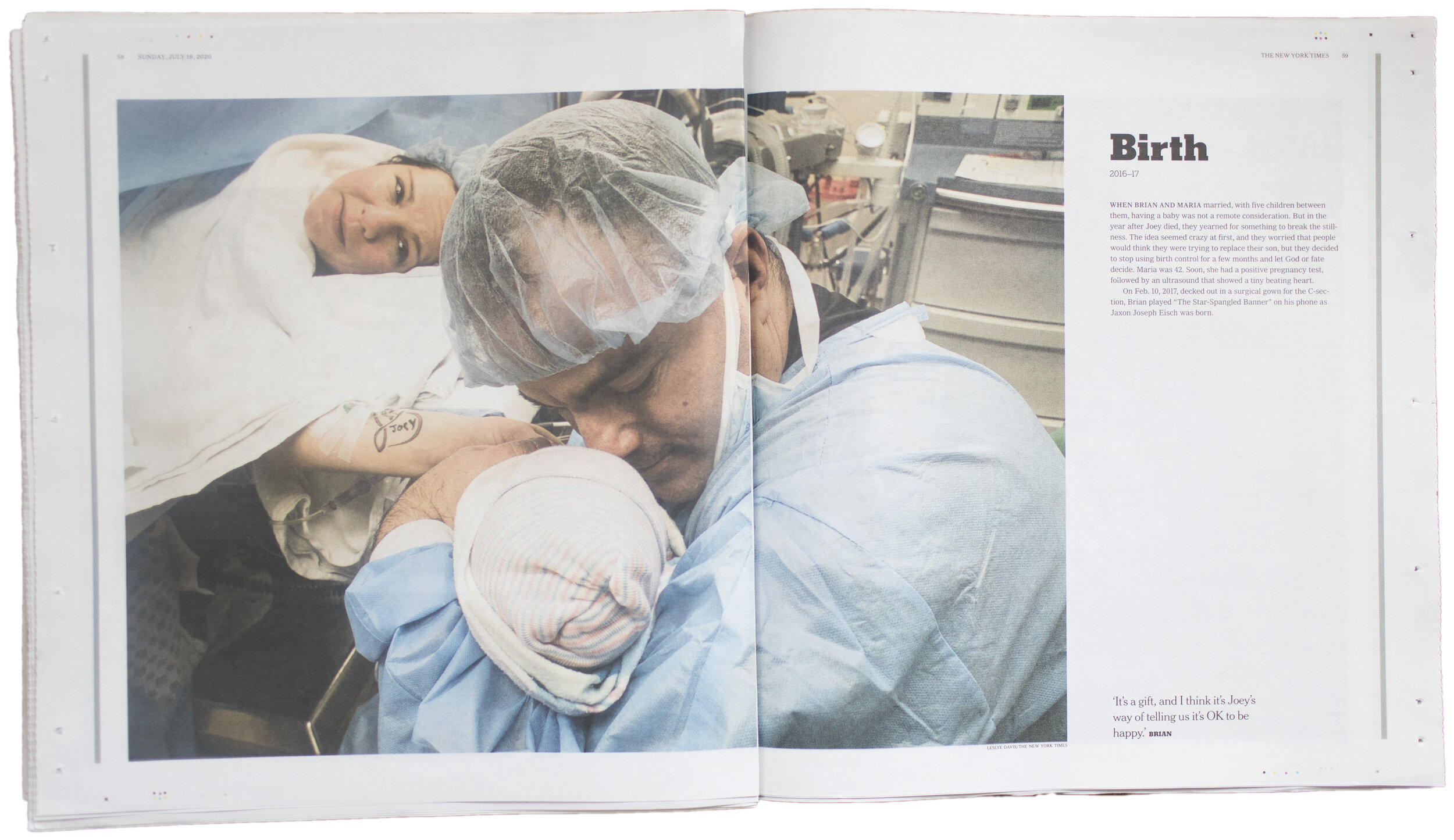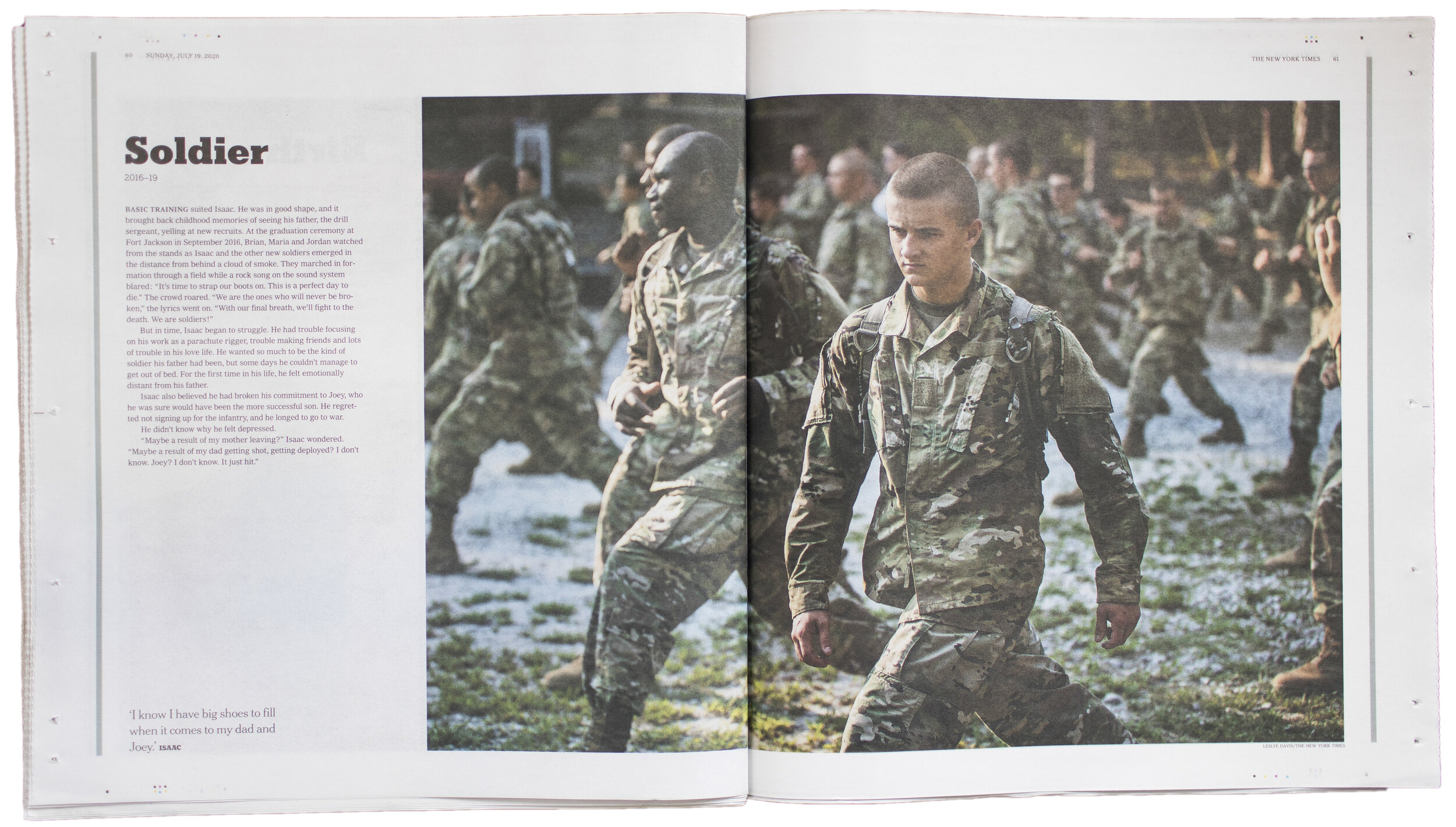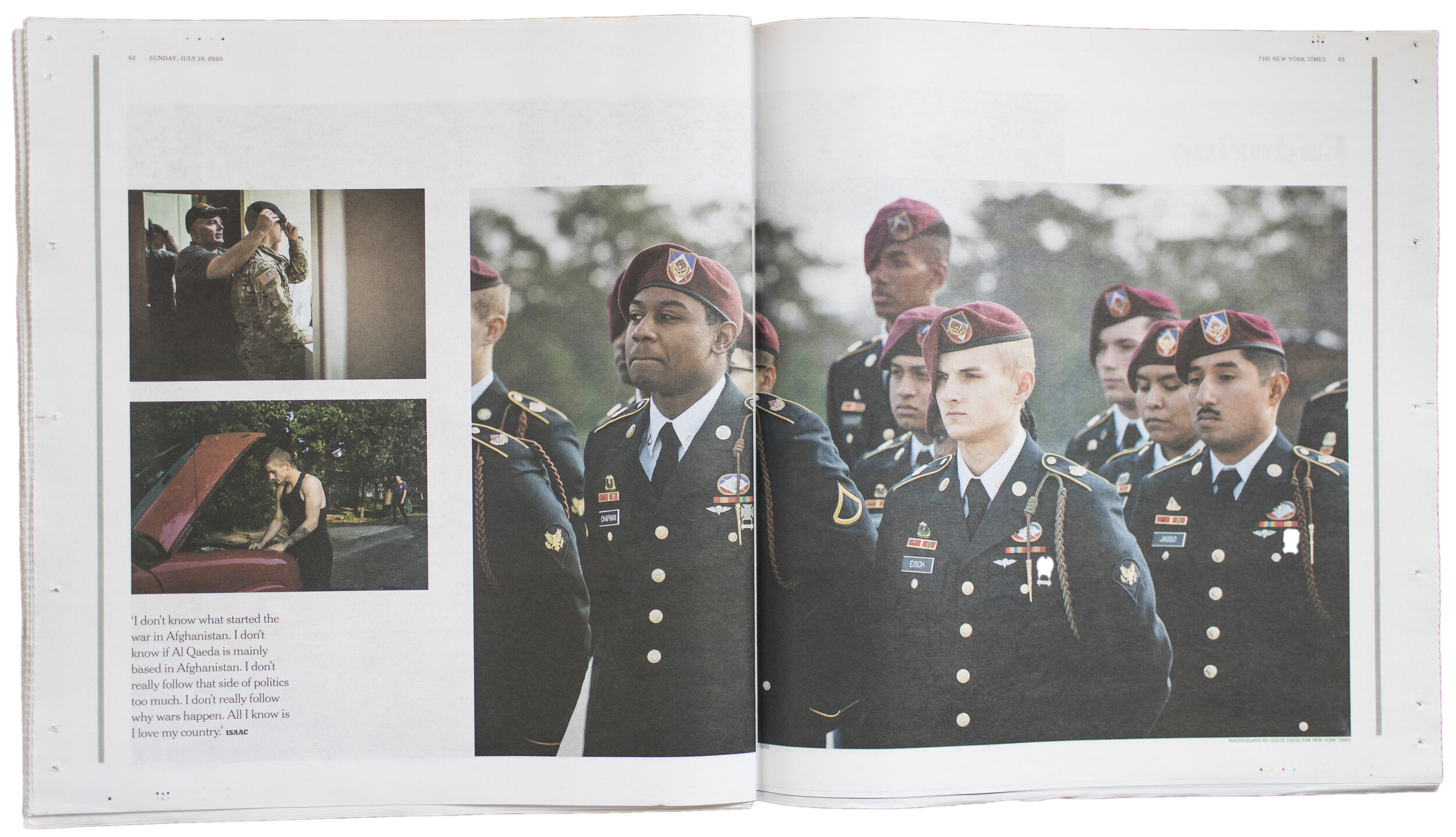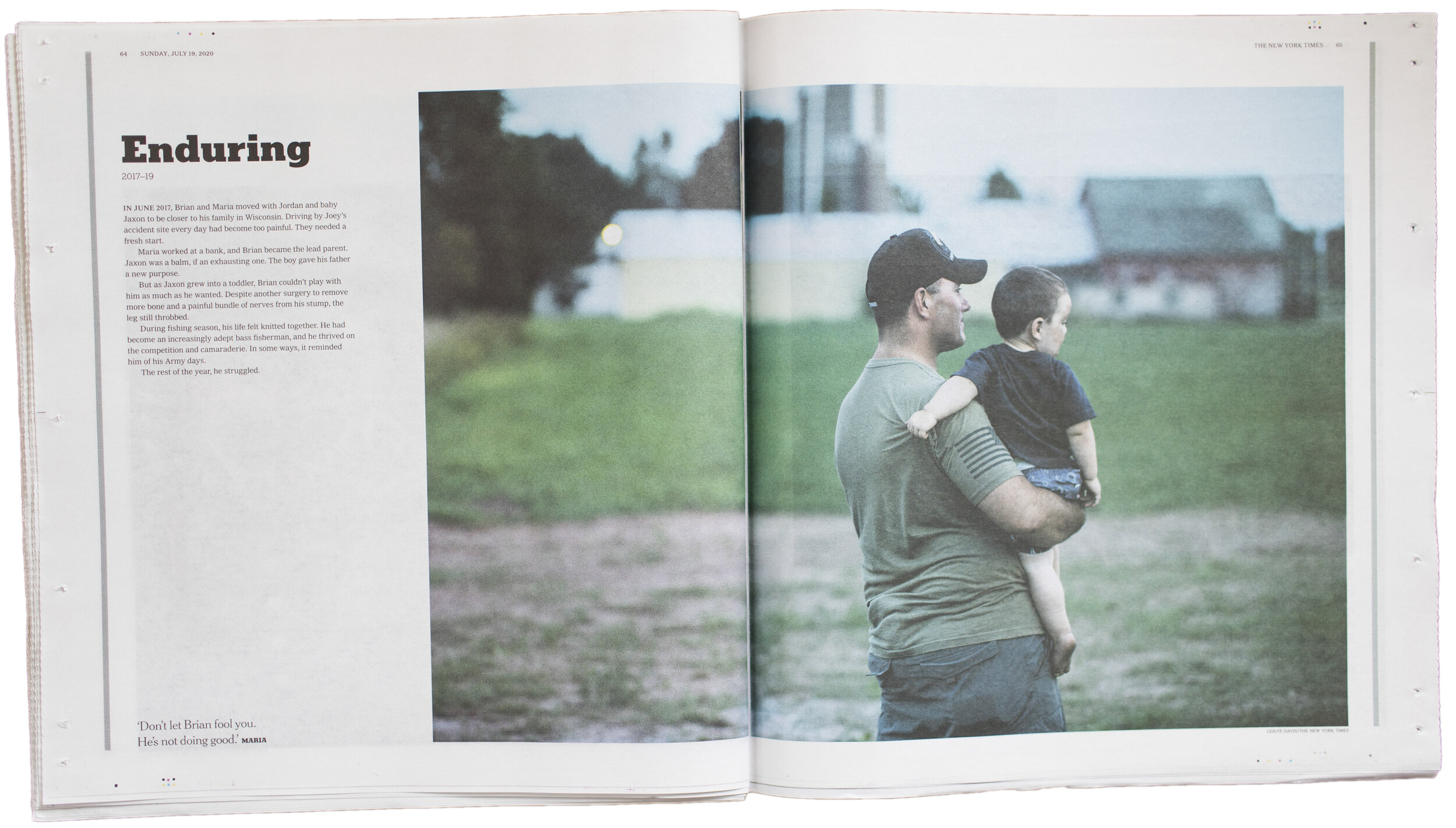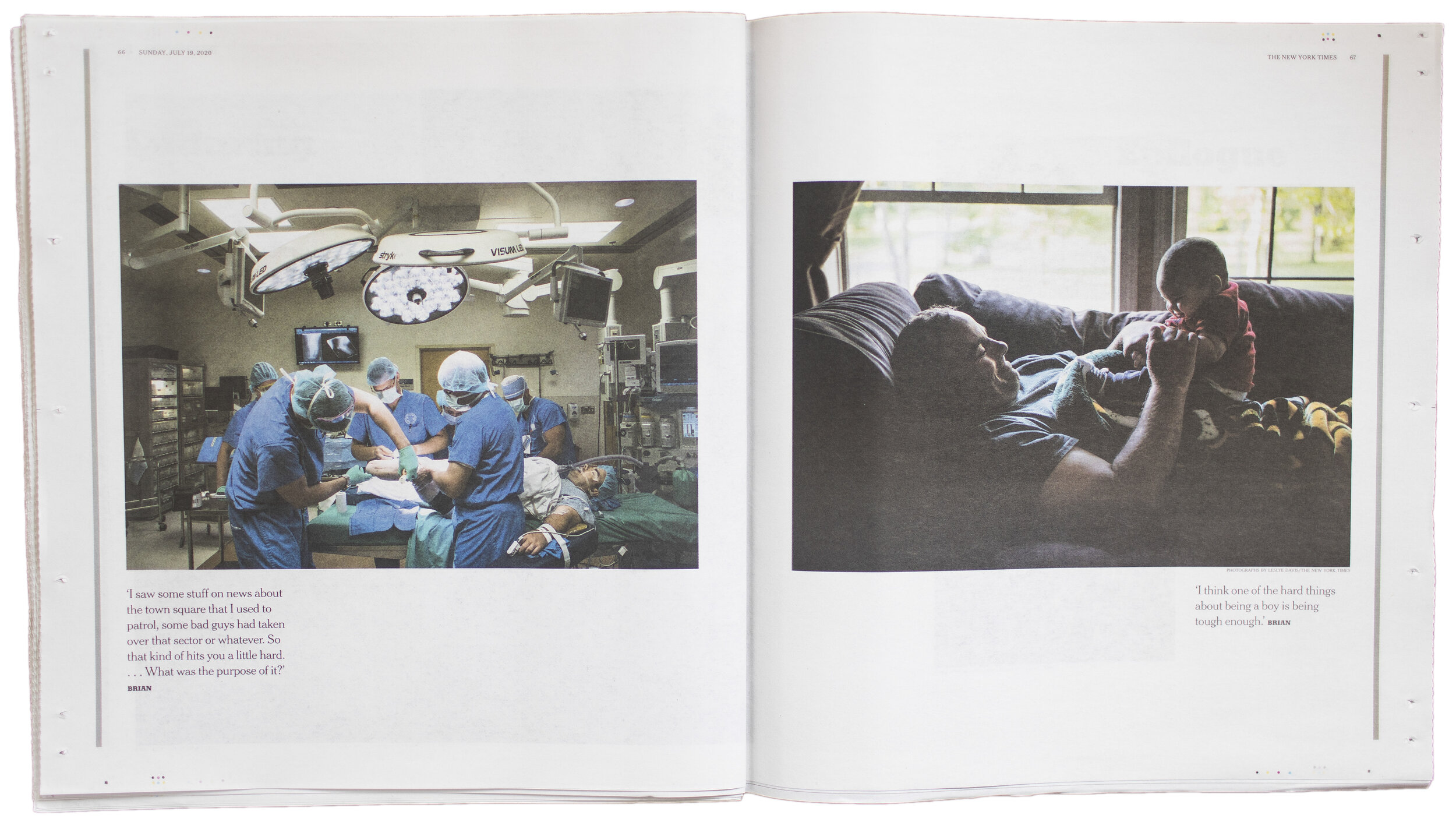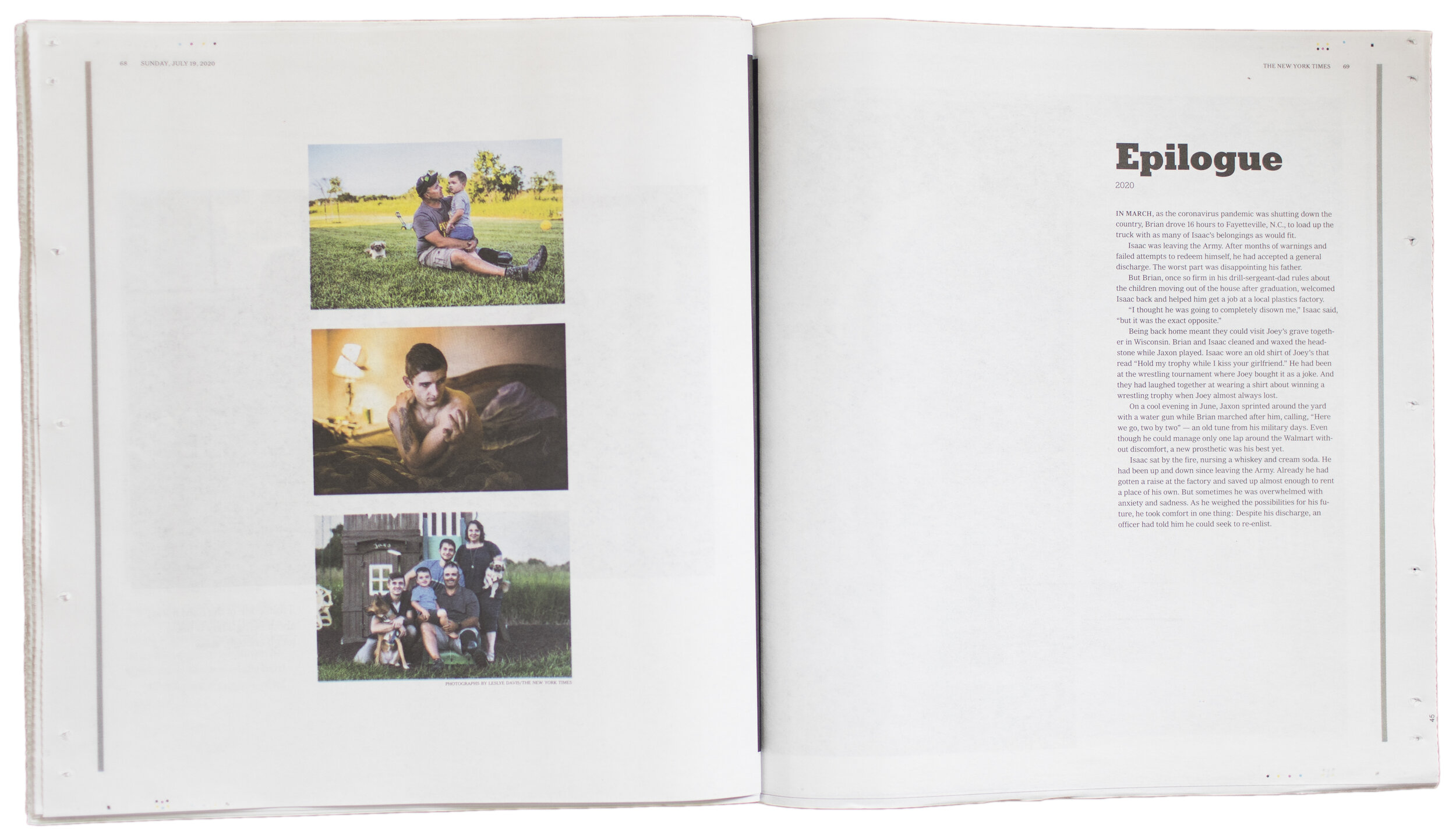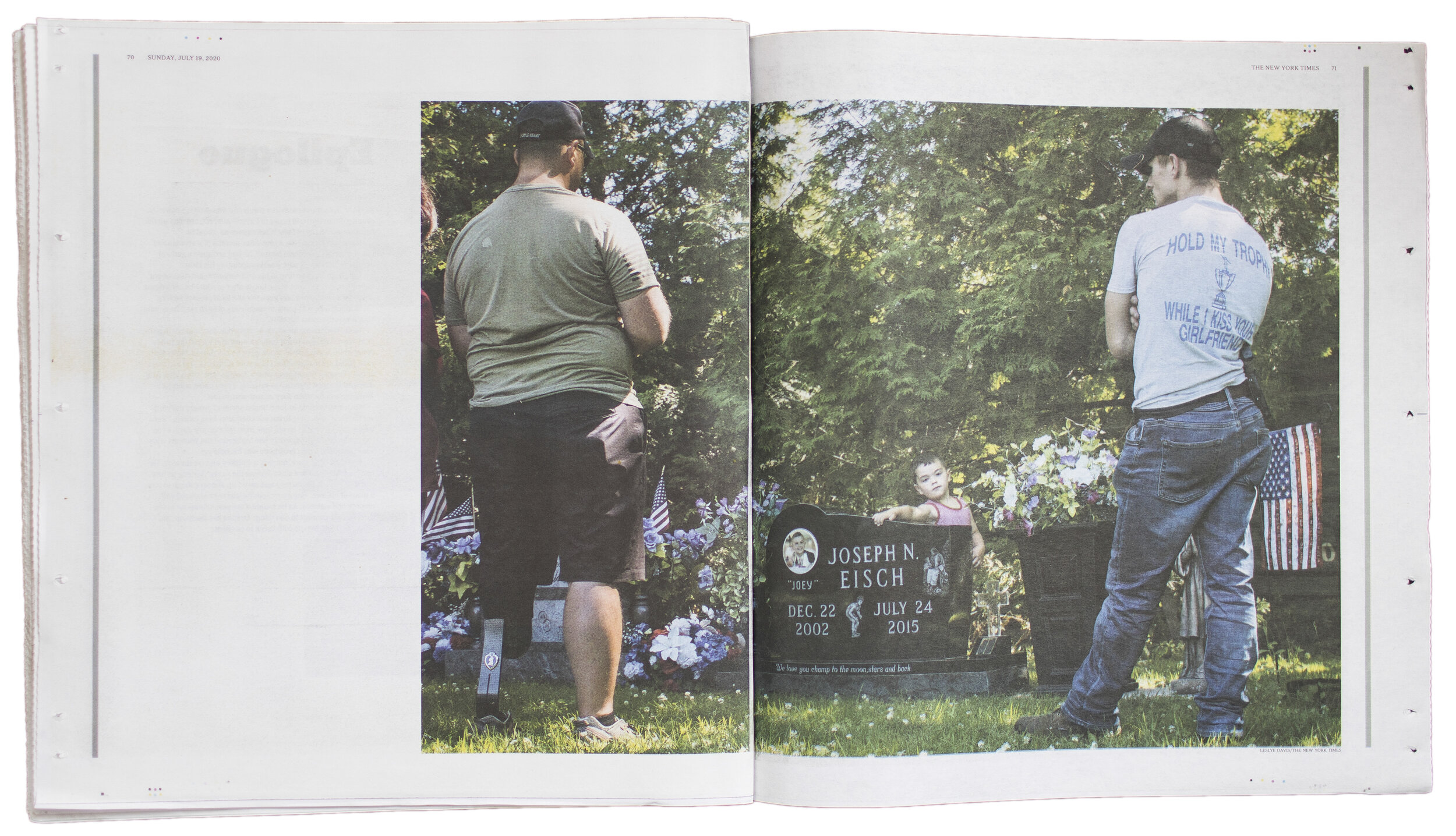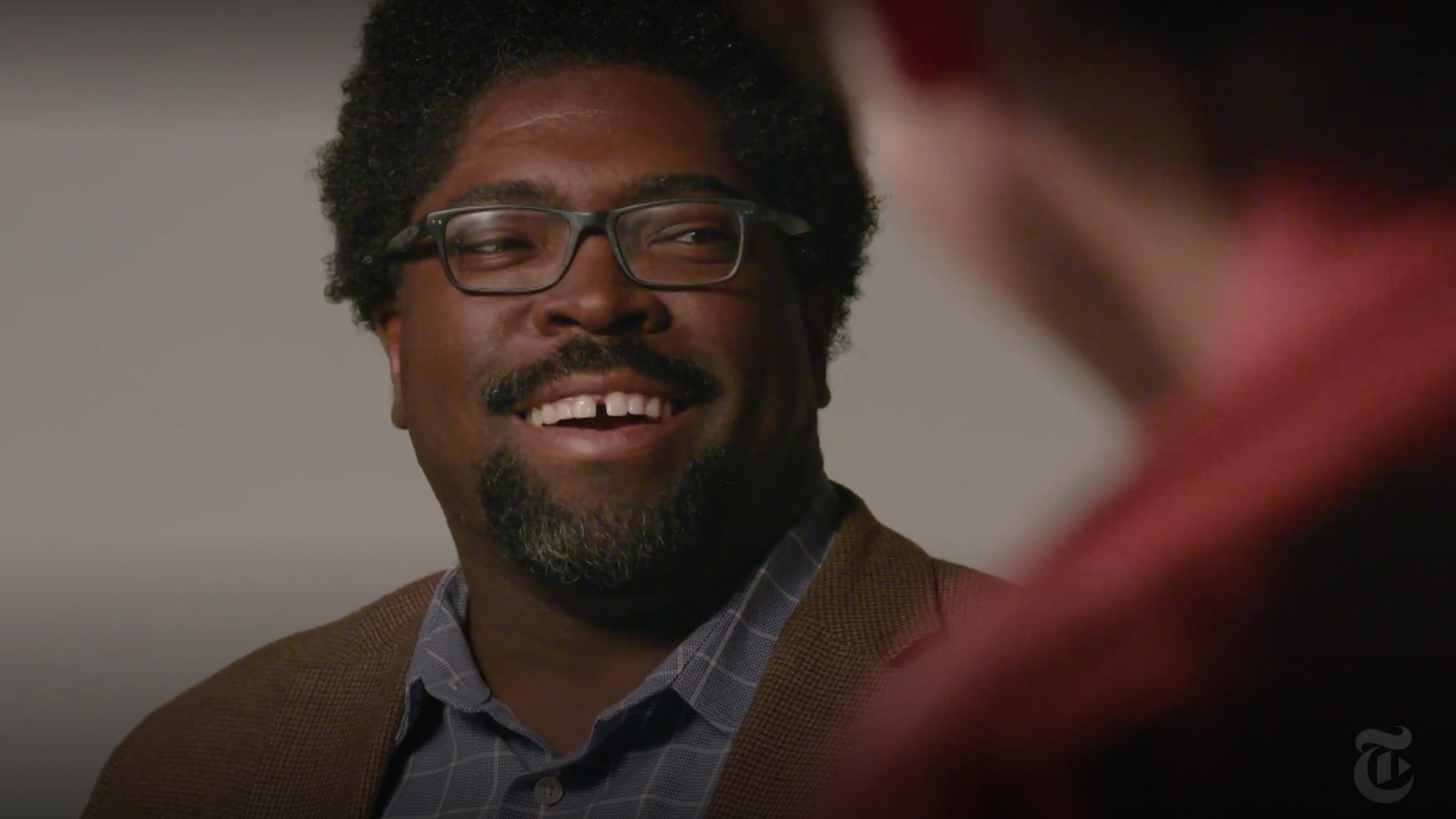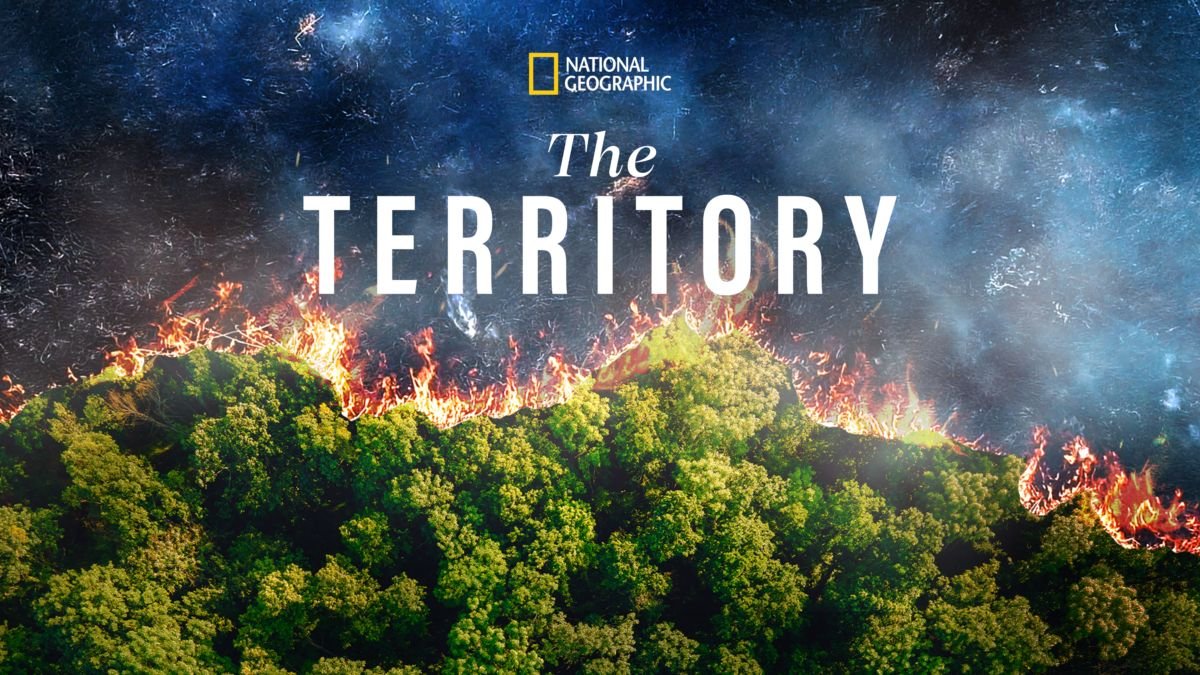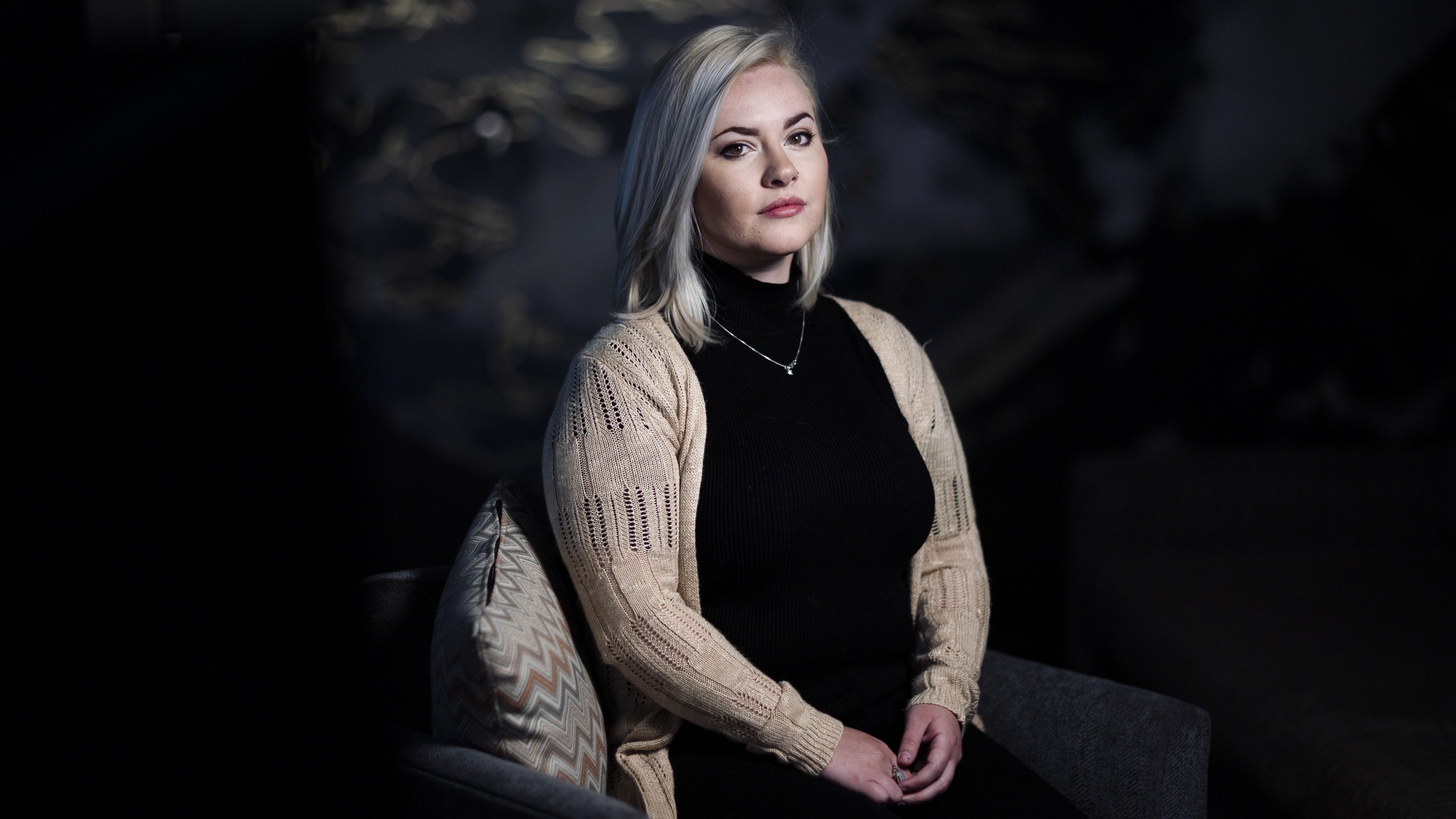BIO
Leslye Pritz Davis is a New York-based filmmaker and writer.
Davis grew up in rural Kentucky before attending Western Kentucky University to study photojournalism. She started her career in 2012 as a visual journalist at The New York Times, where she reported on domestic and international issues including America’s opioid crisis, sexual assault on college campuses, and the impact of the Afghanistan war on U.S. troops and their families. In 2020, she and her co-director Catrin Einhorn released a feature-length film called Father Soldier Son on Netflix. The documentary follows one military family over ten years, becoming an intergenerational exploration of values and American manhood in the aftermath of war. The Wall Street Journal called it “novelistic in its sweep and complexity,” and it was praised by The Times of the U.K. as "one of the great war documentaries." Father Soldier Son was selected for competition at the 2020 Tribeca Film Festival, AFI DOCS, and HotDocs. It won the award for best editing at Tribeca, a national Emmy for Best Documentary Editing, and an Edward R. Murrow Award for excellence in sound. Davis was on the team of New York Times journalists who were awarded the Overseas Press Club’s David Kaplan Award for their coverage of the ISIS-led terrorist attacks in Paris. Her work has been recognized by World Press Photo and Pictures of the Year International, and she was part of a team of Times journalists who were finalists for the 2016 Pulitzer Prize for international reporting.
Her current work focuses largely on families, global and domestic income inequality, and the technological changes that will determined the future of human learning.
CONTACT
LeslyeAdavis@gmail.com
